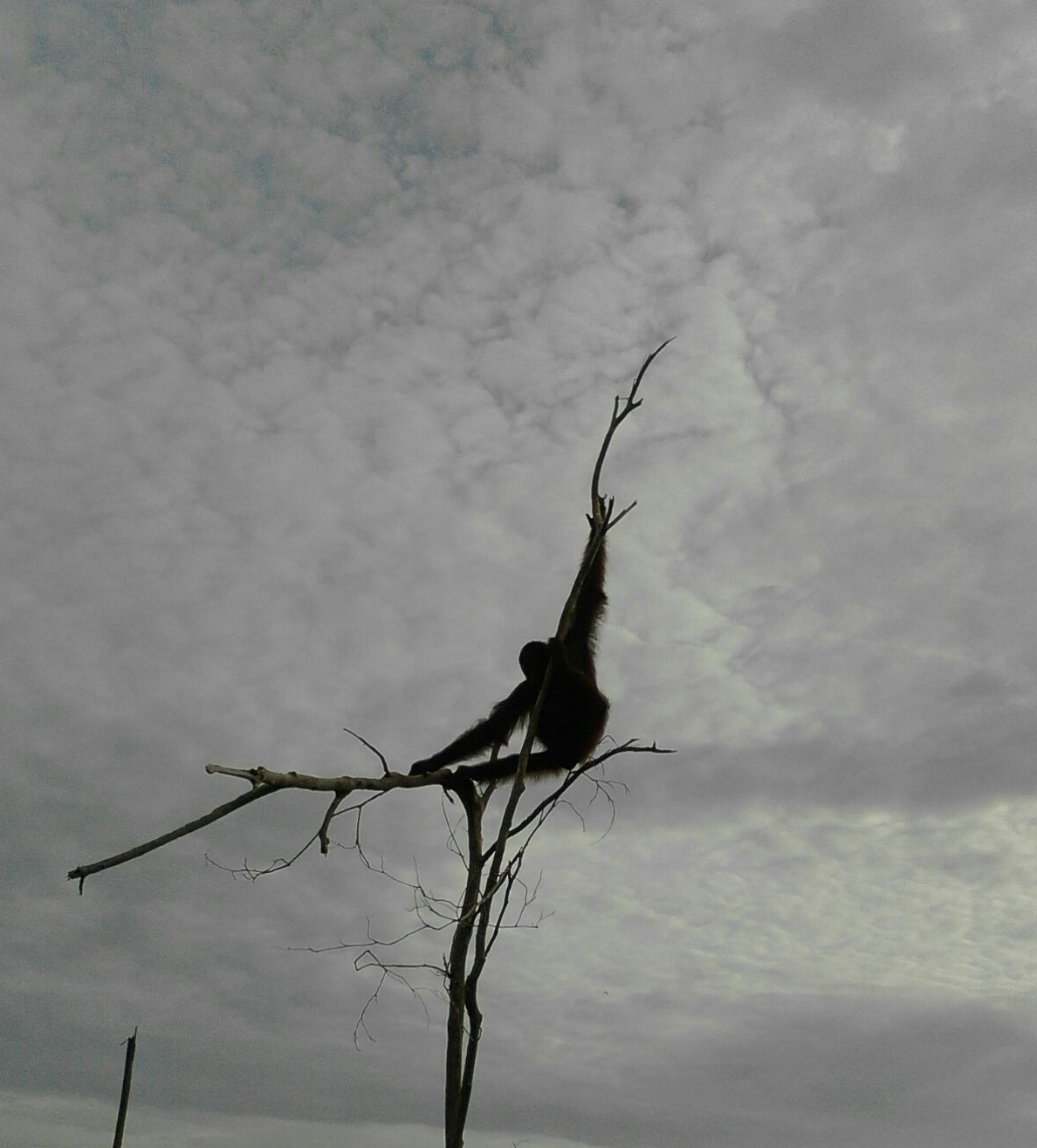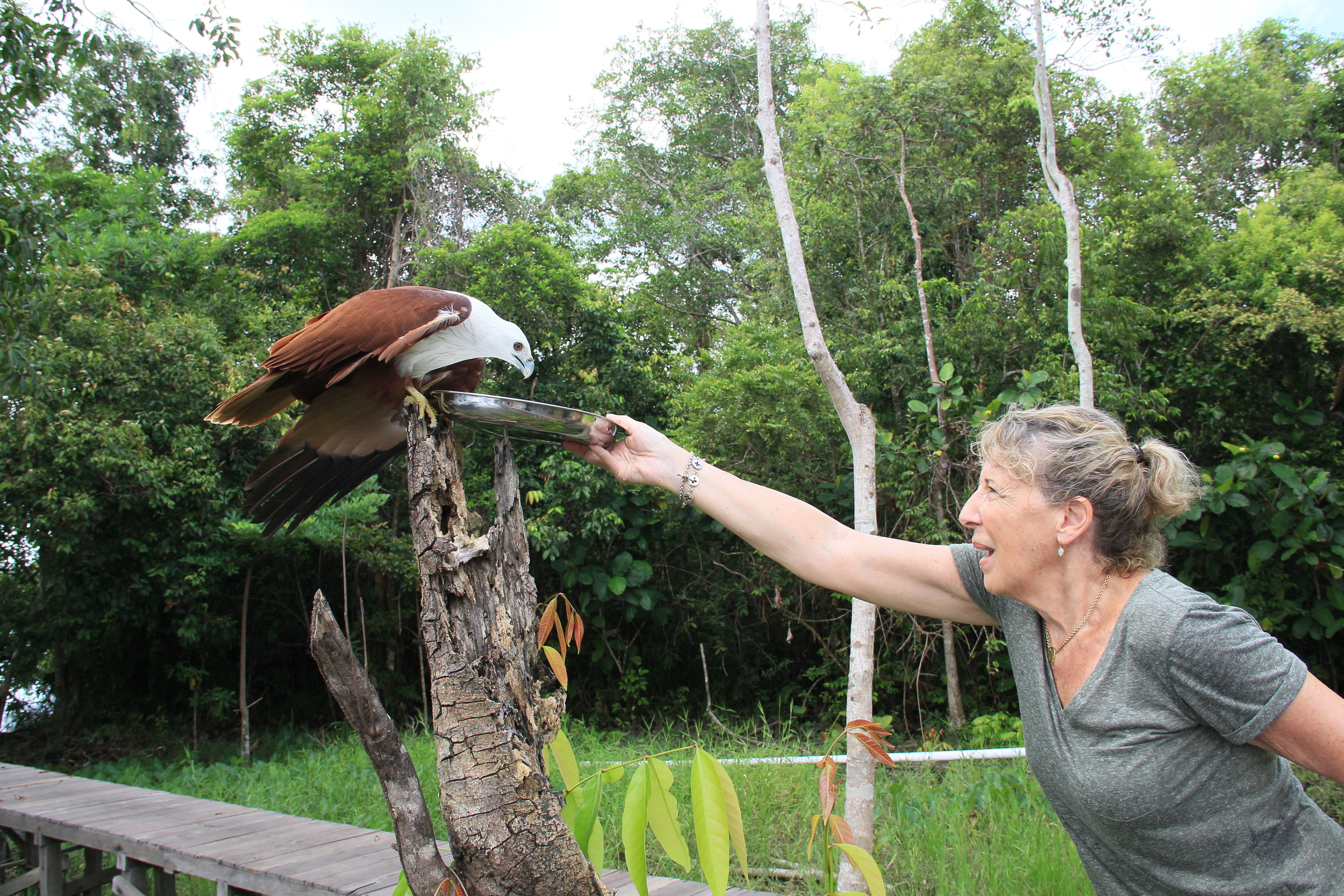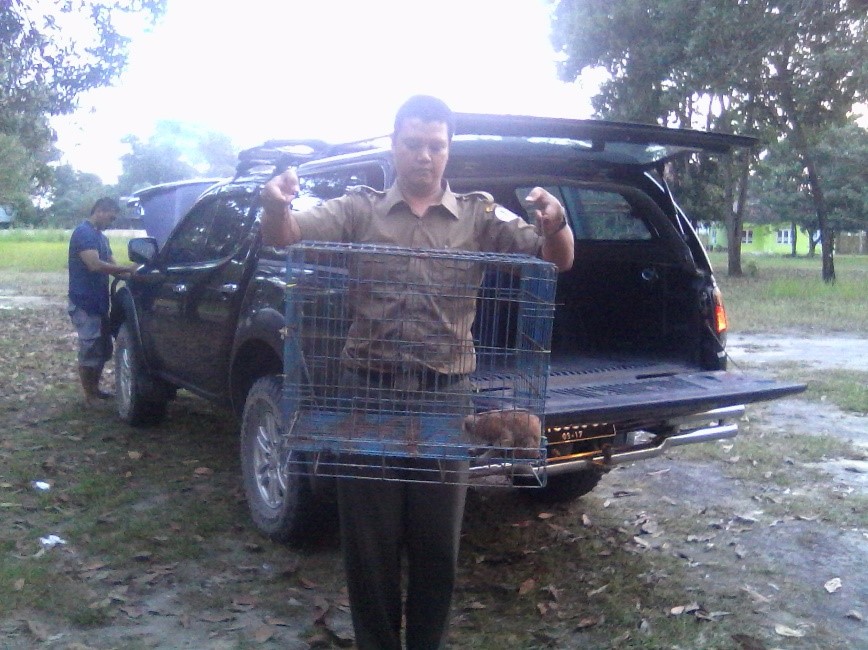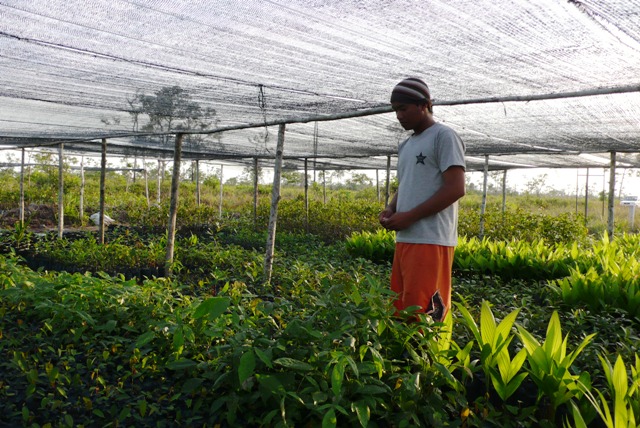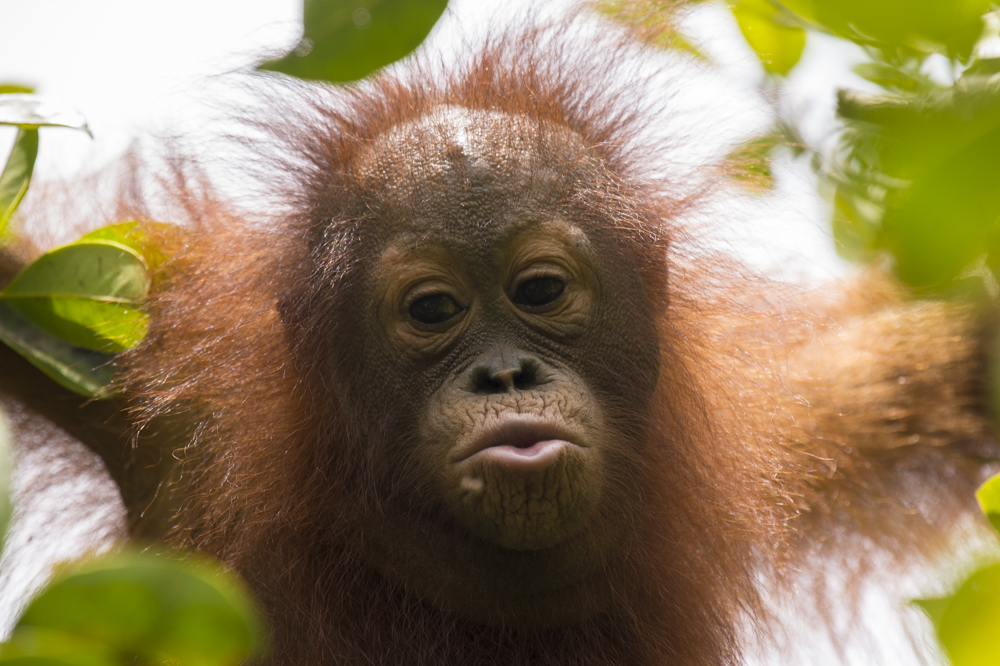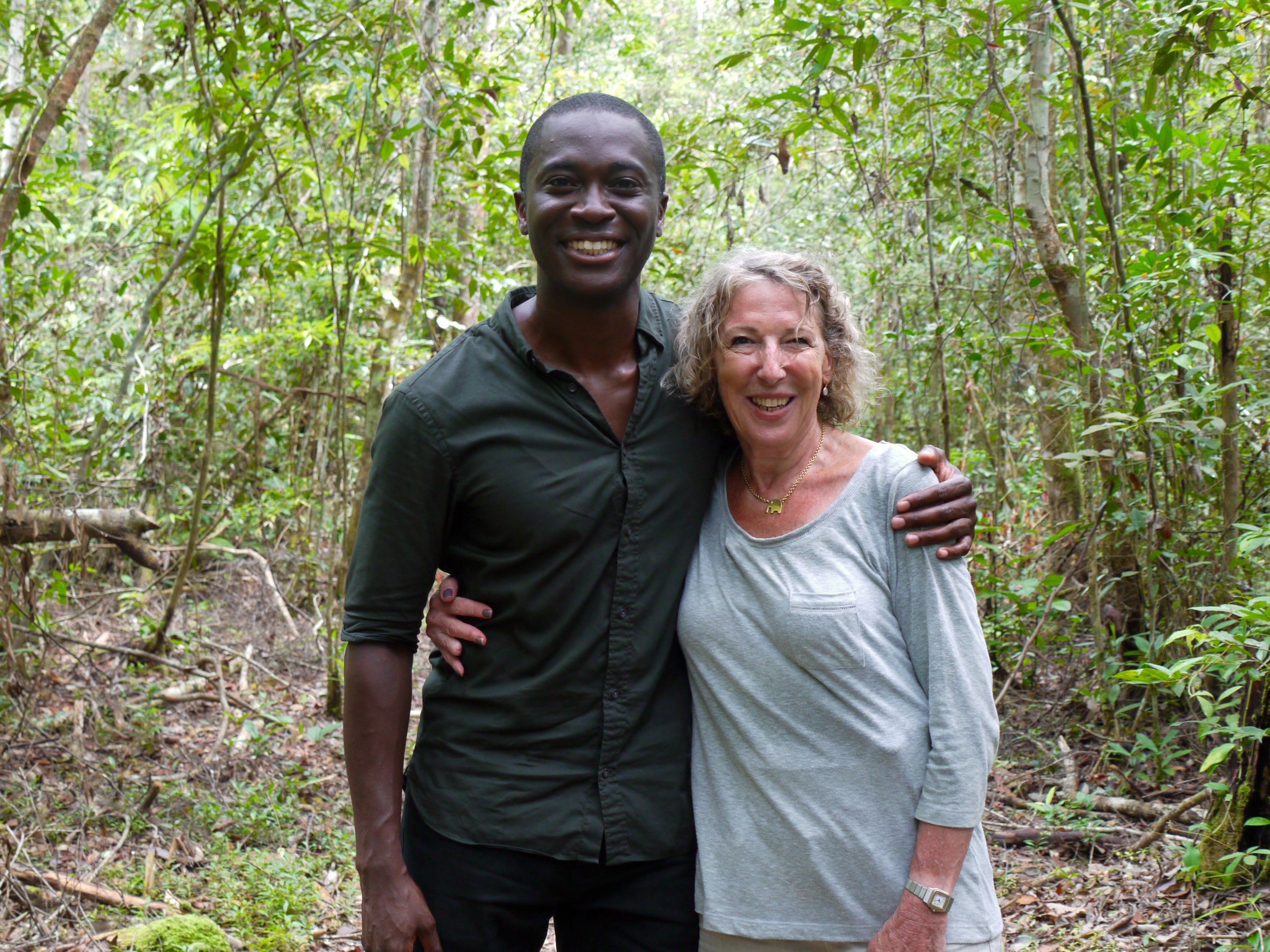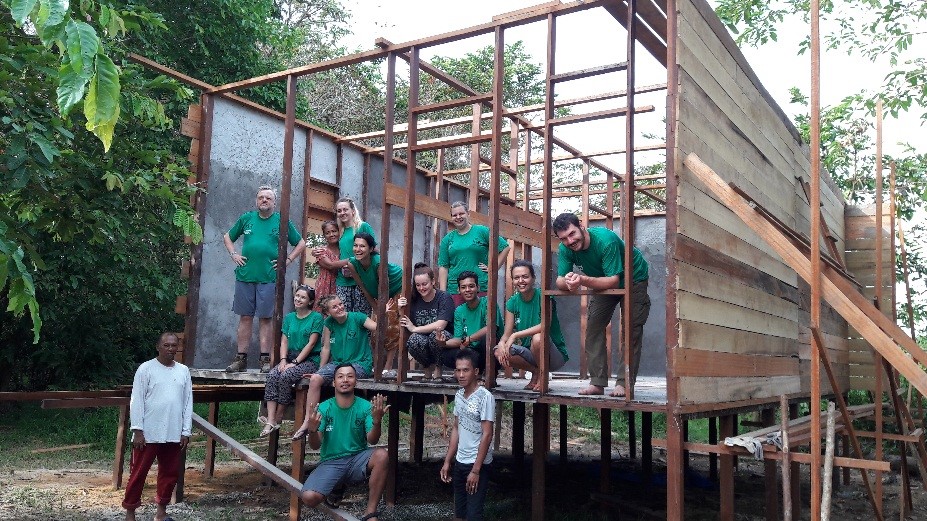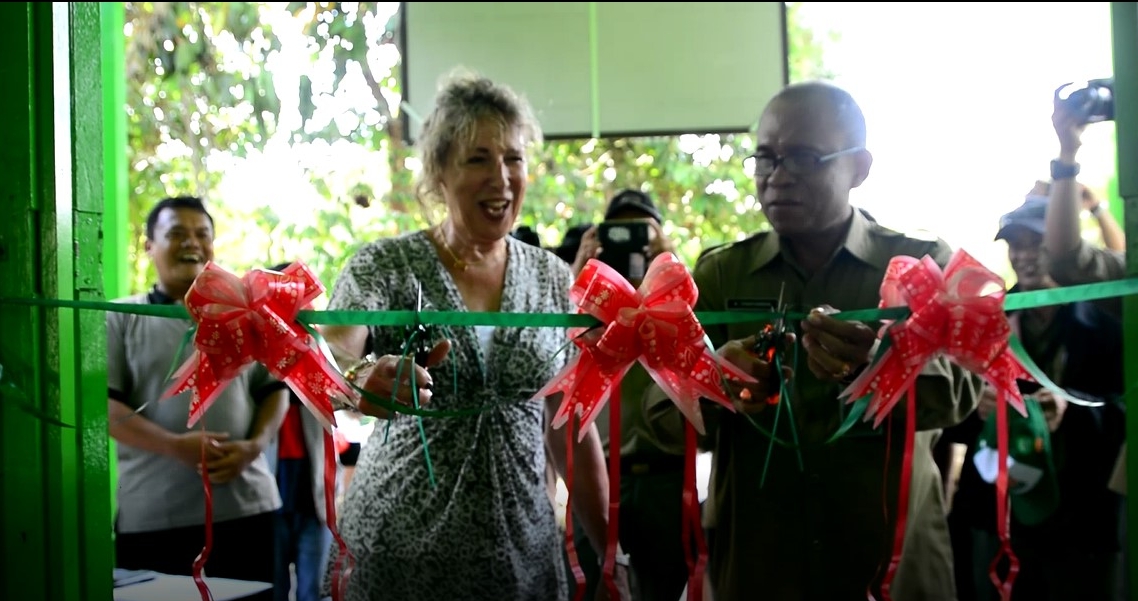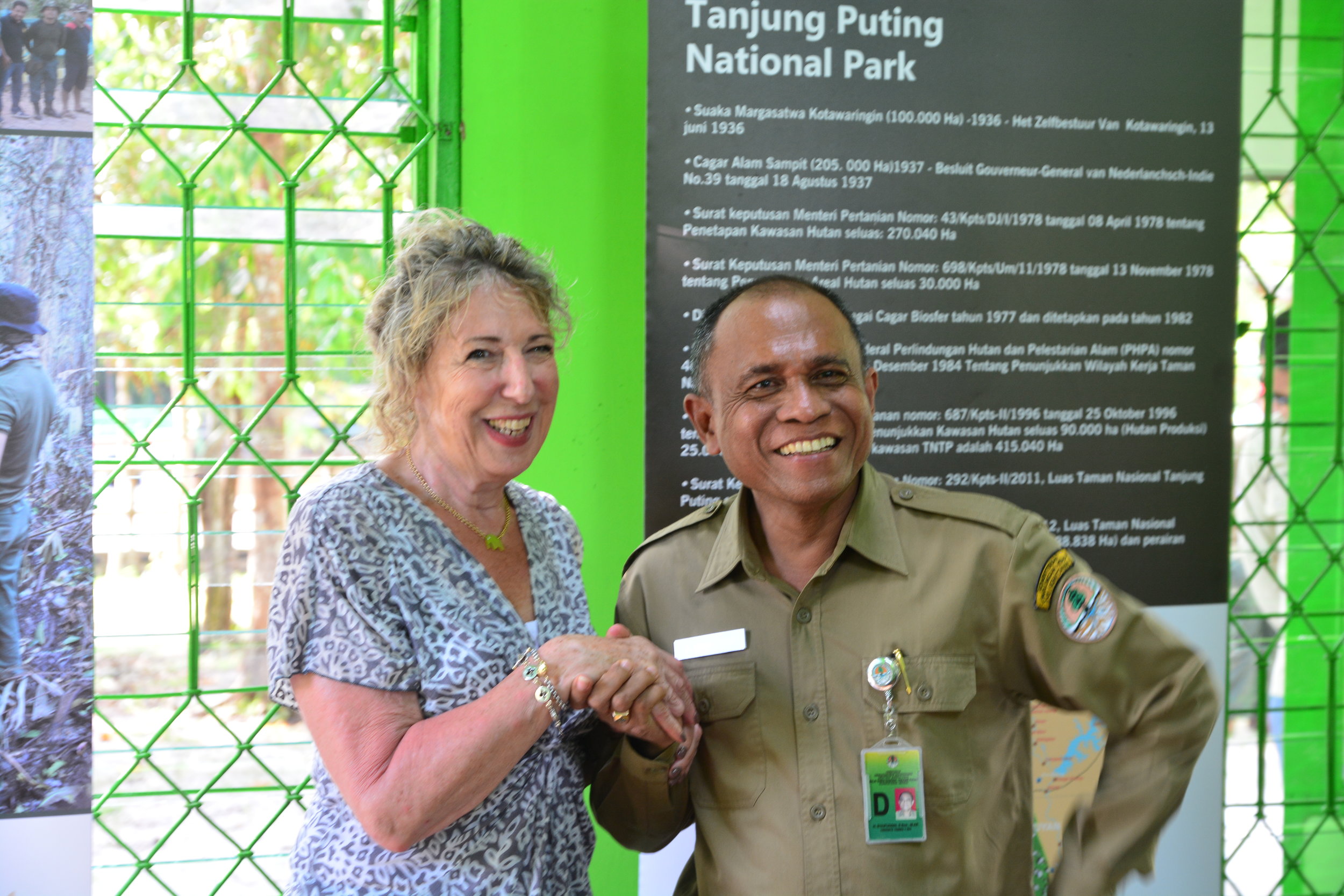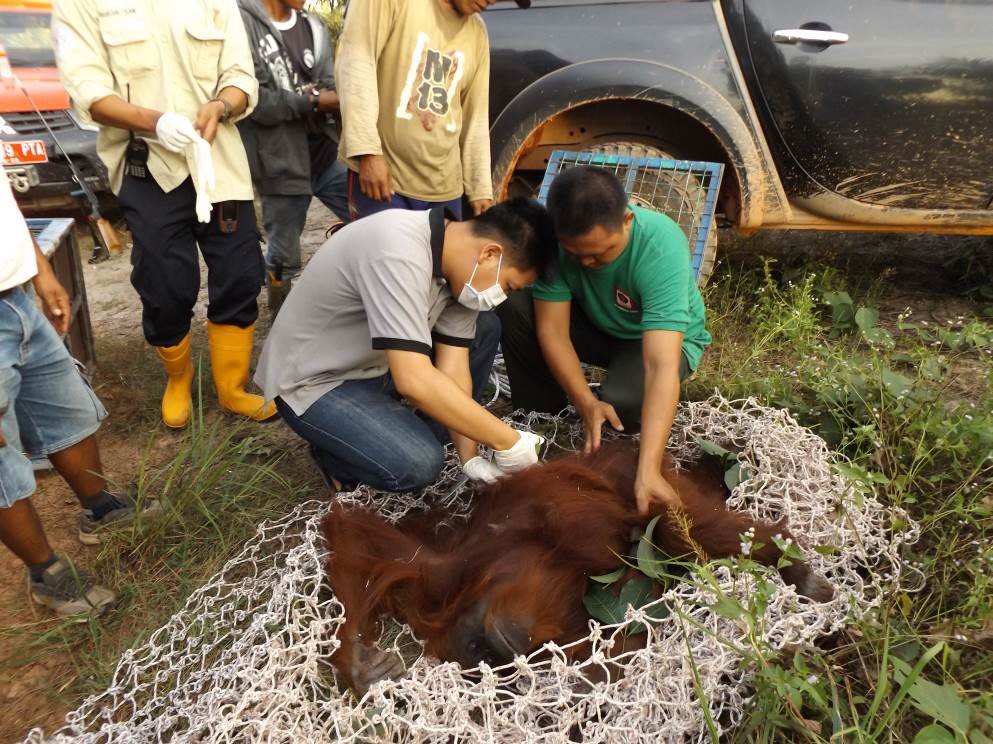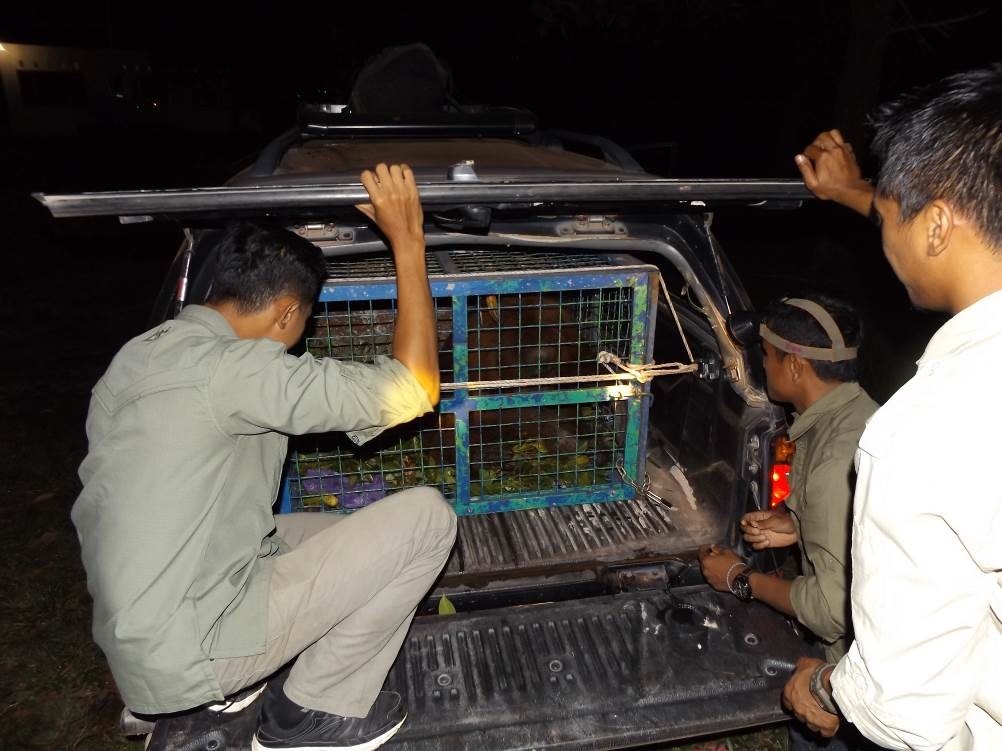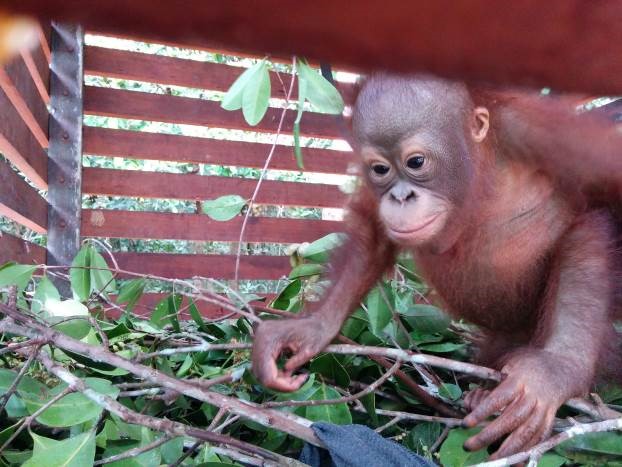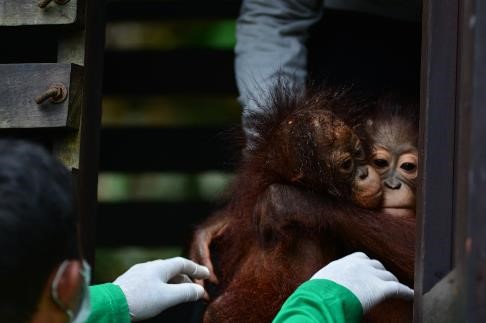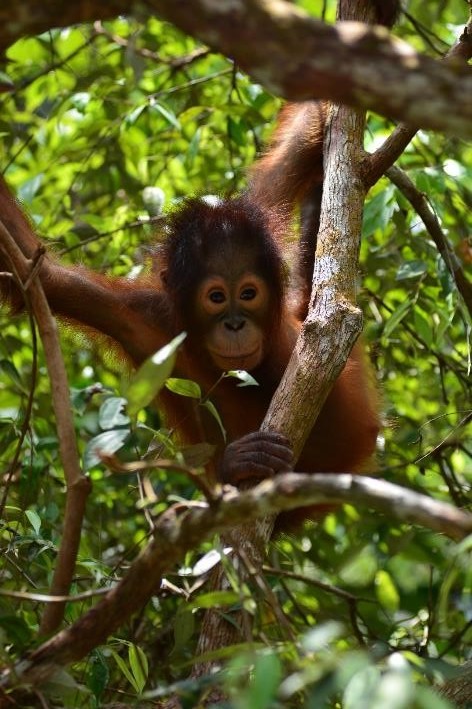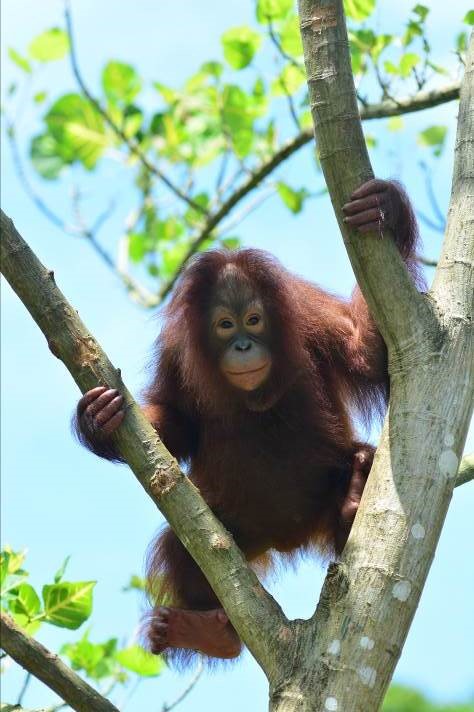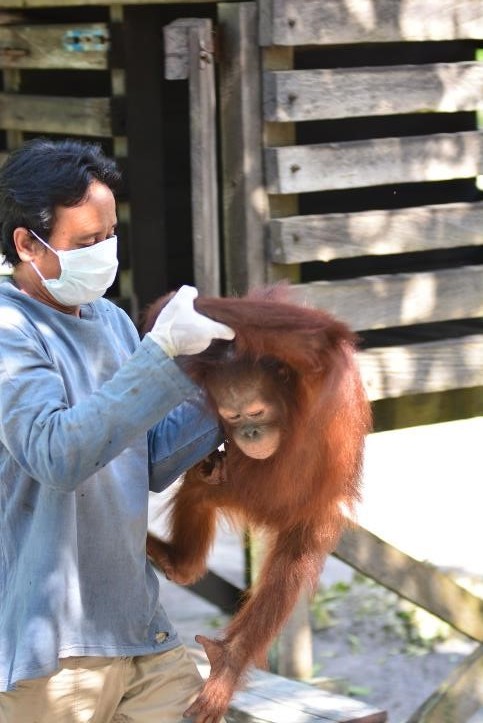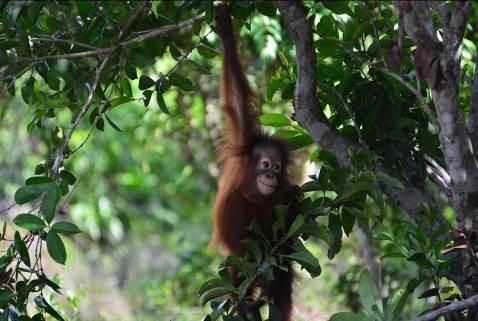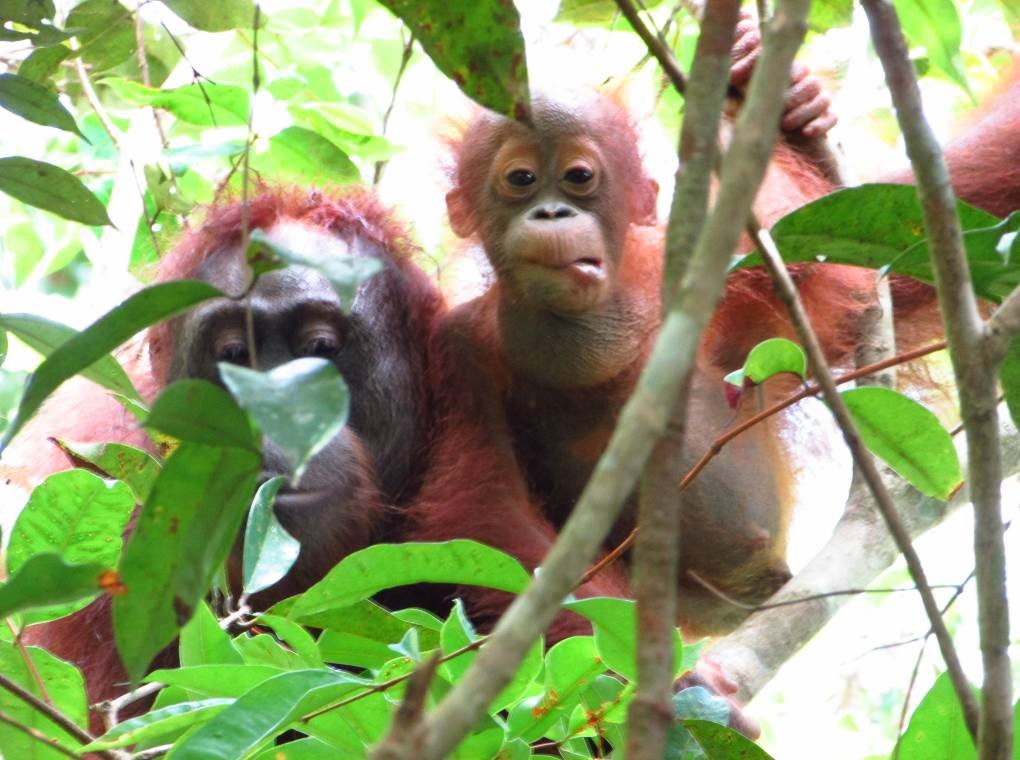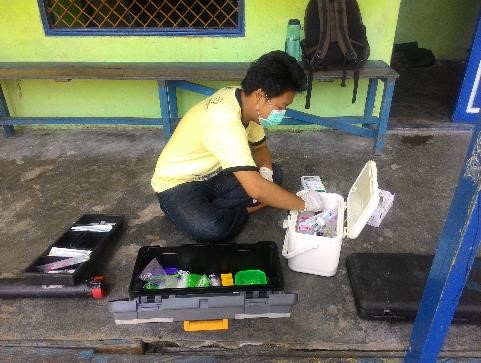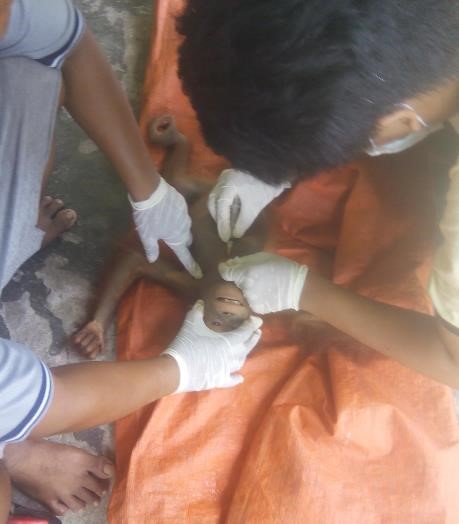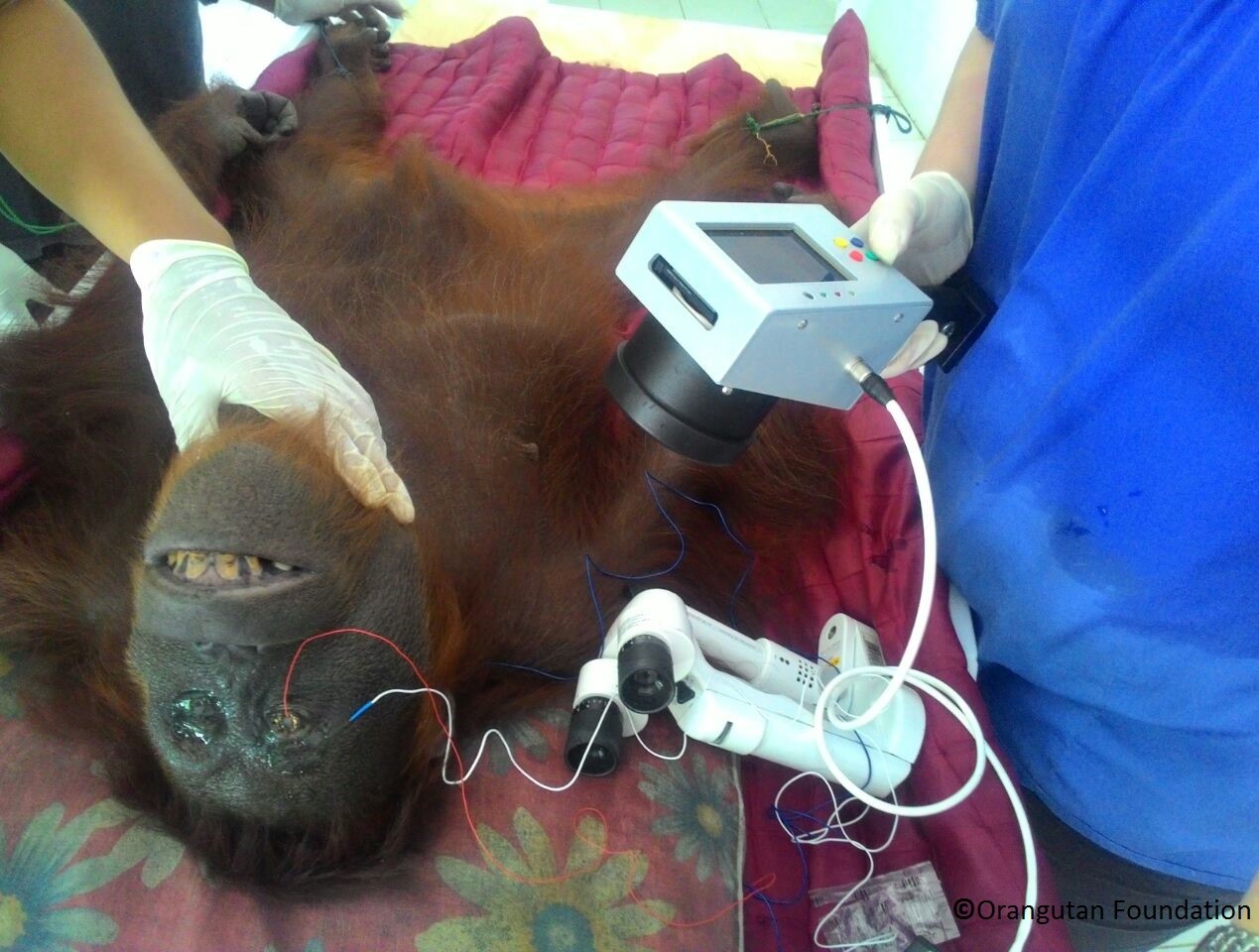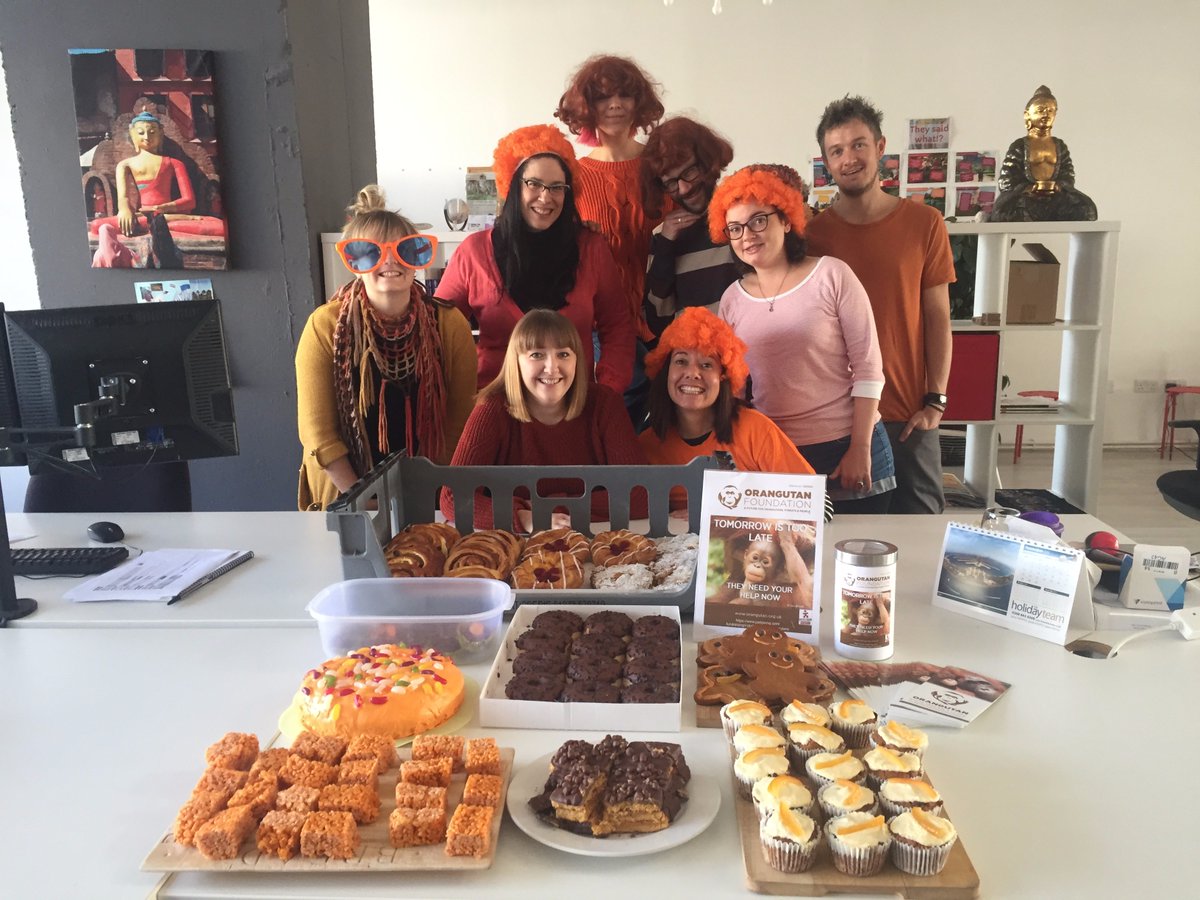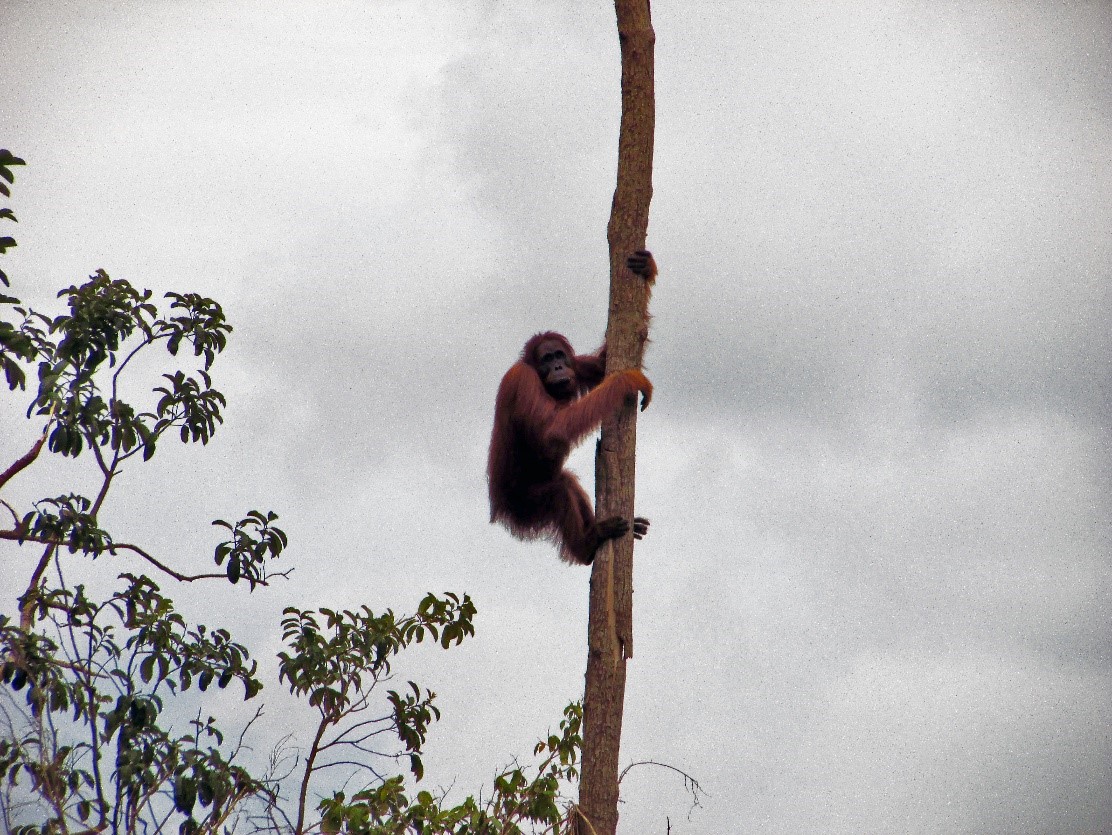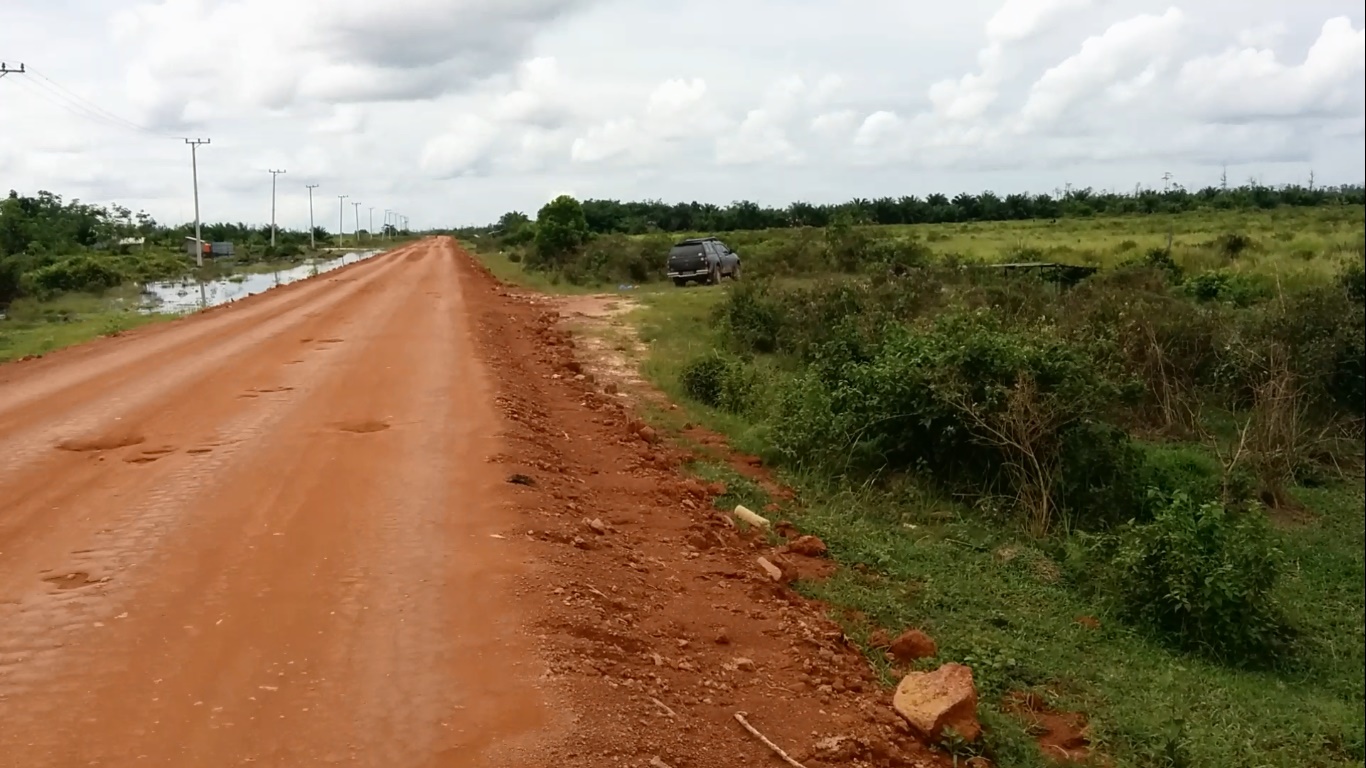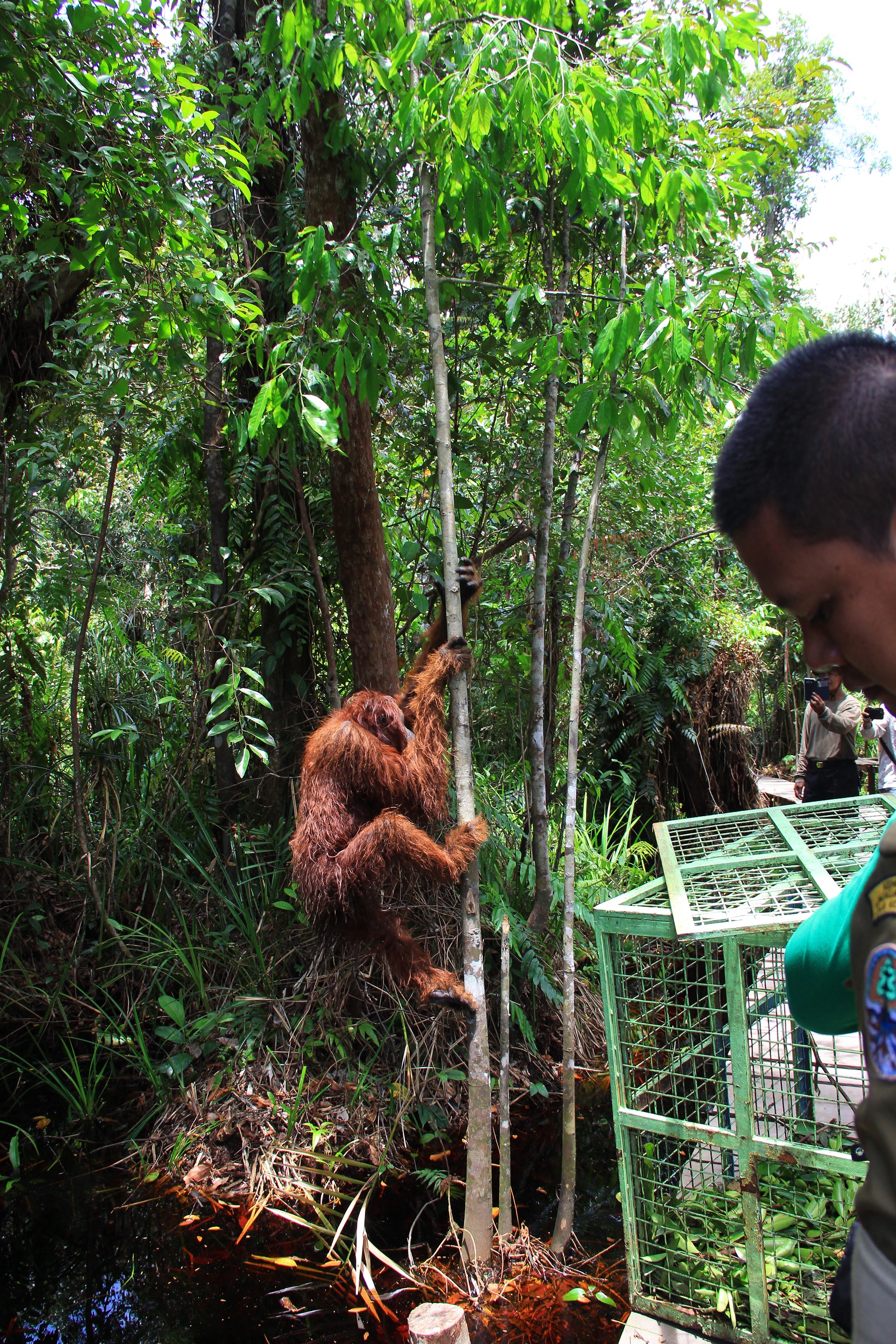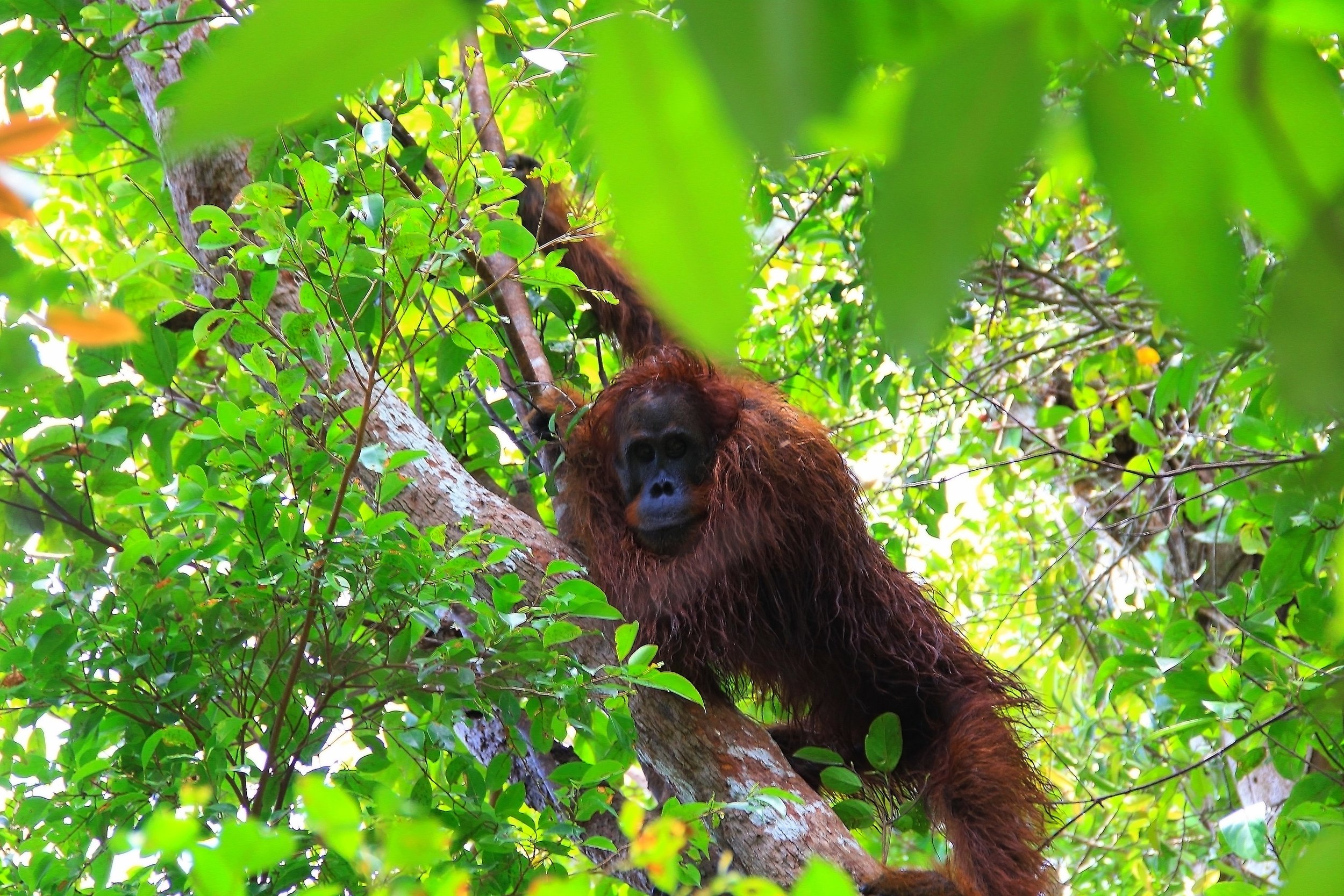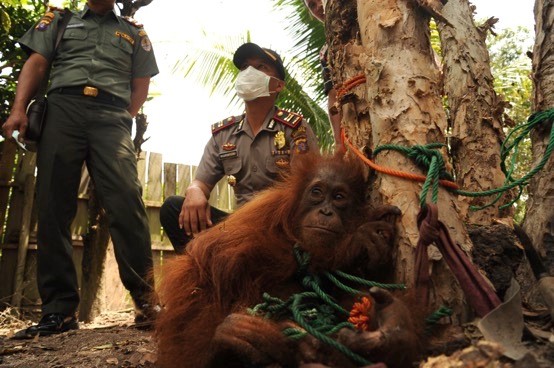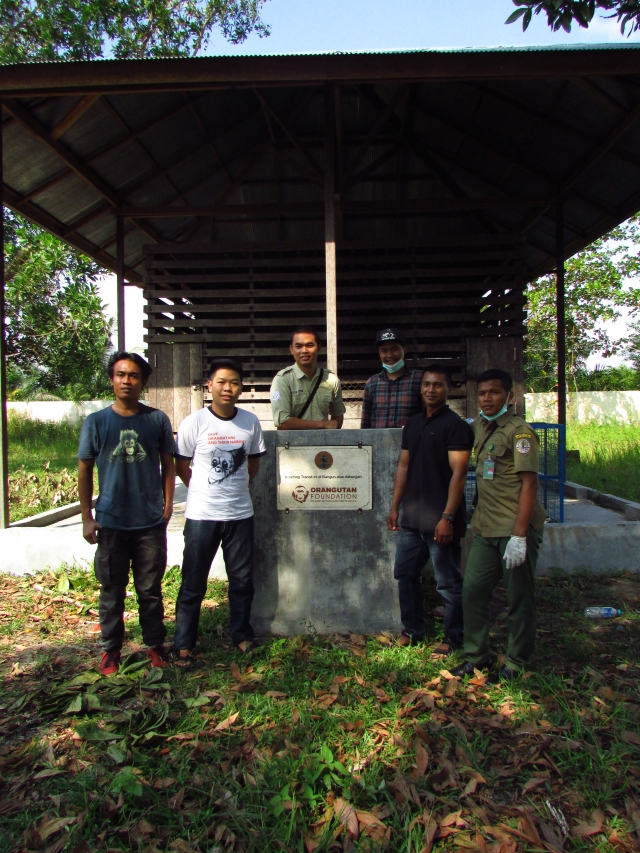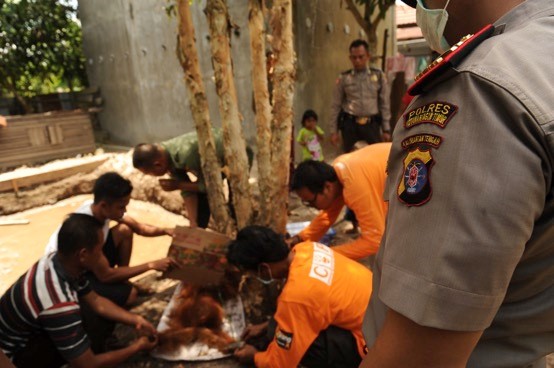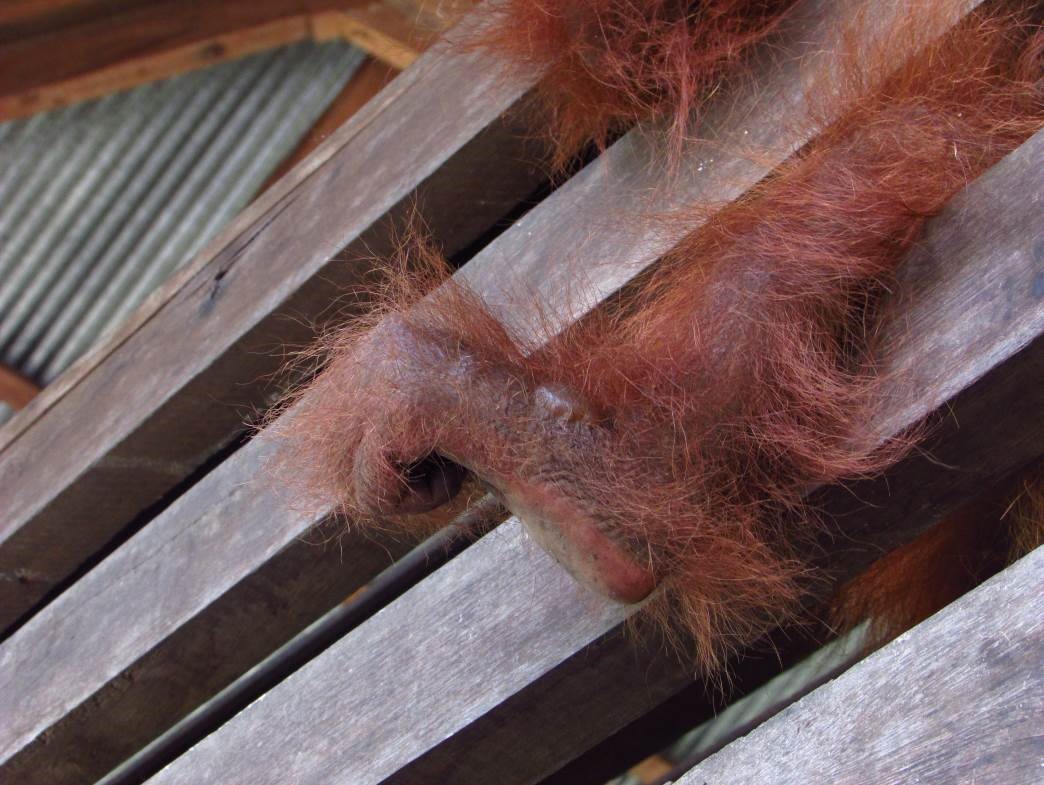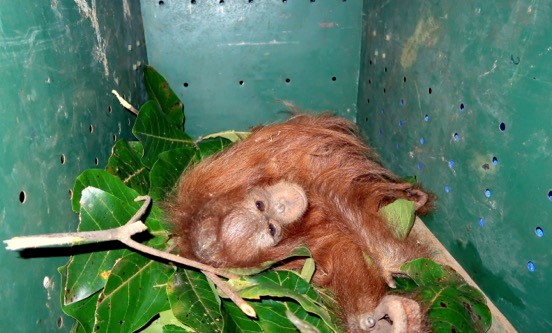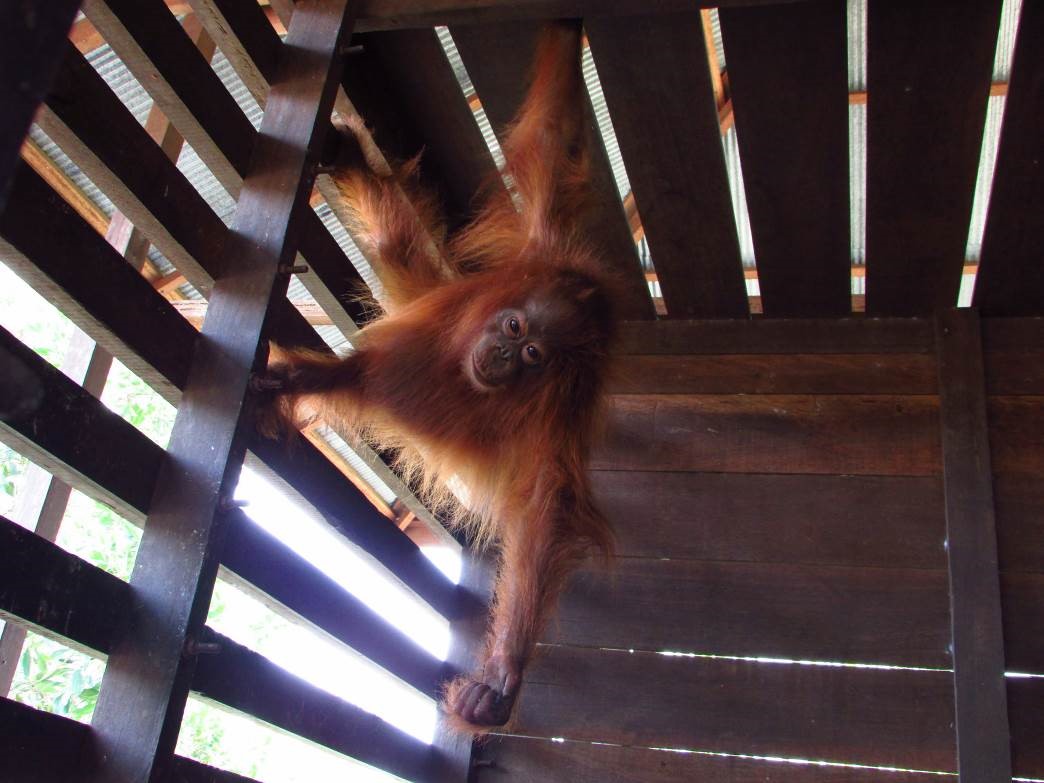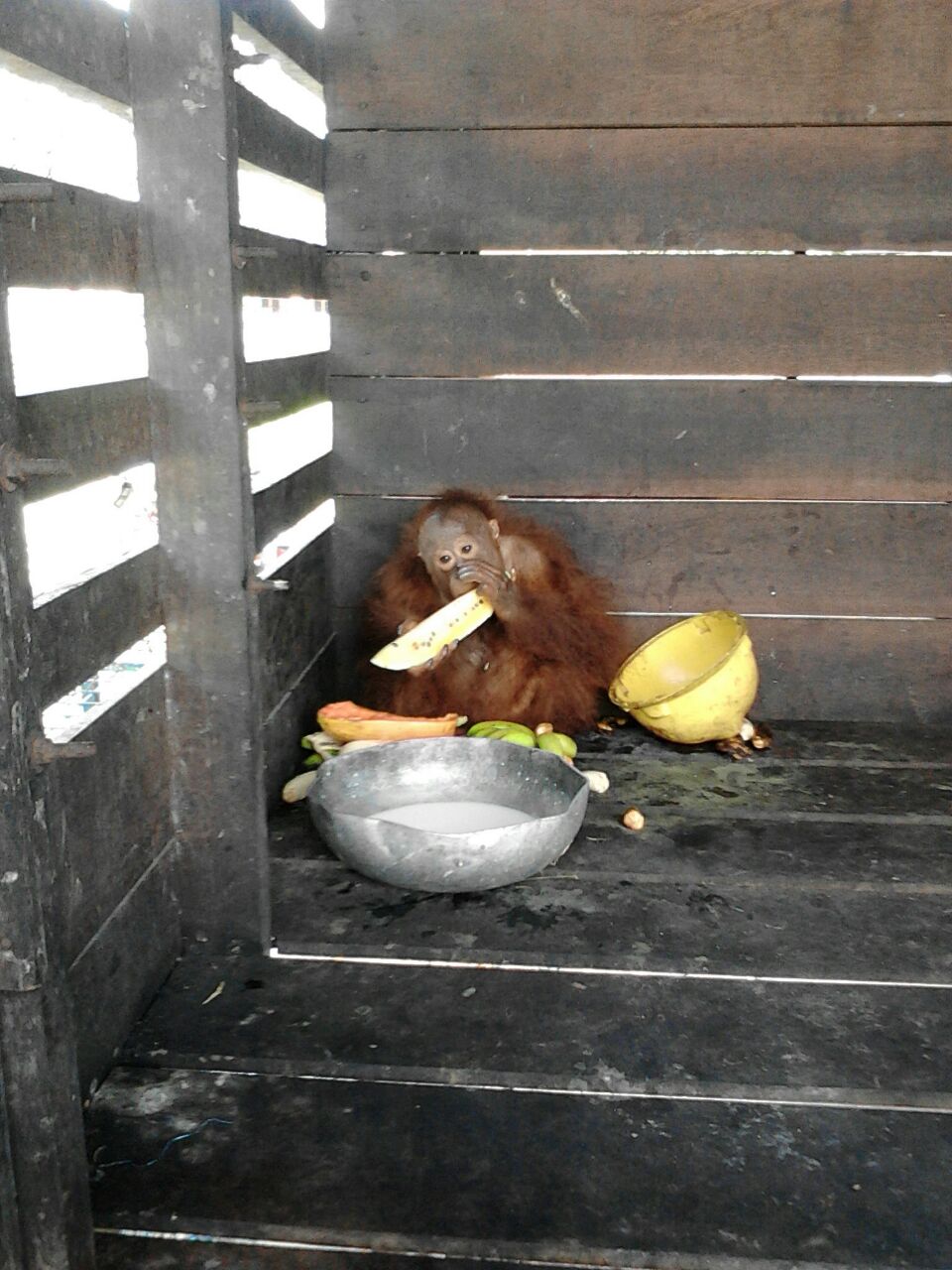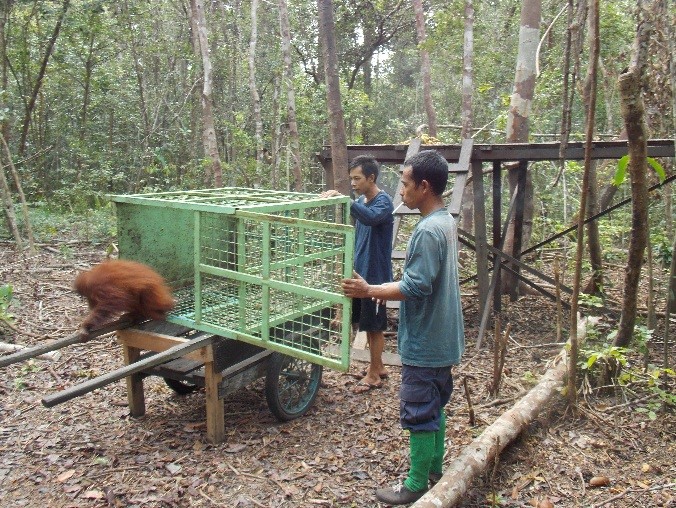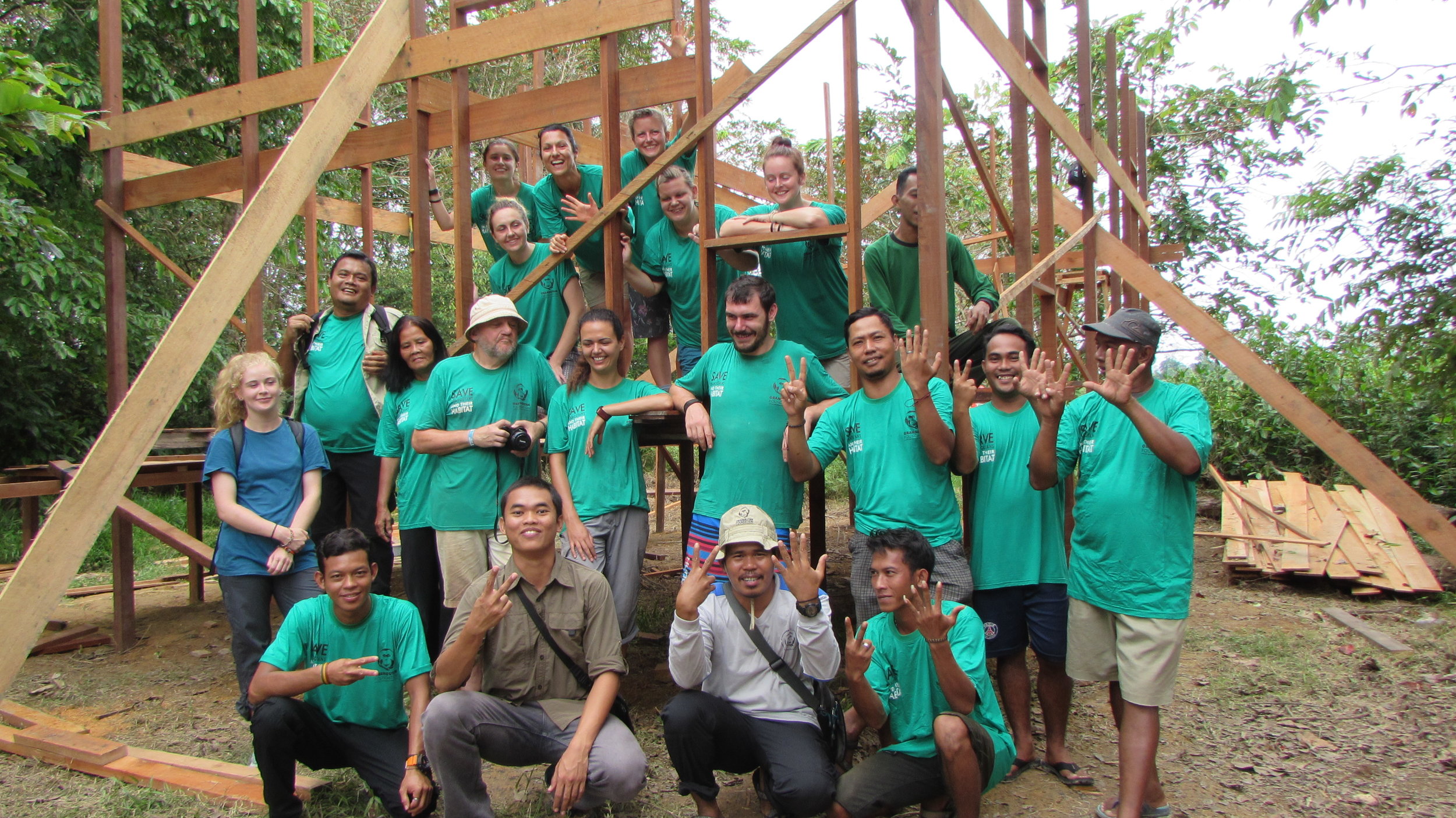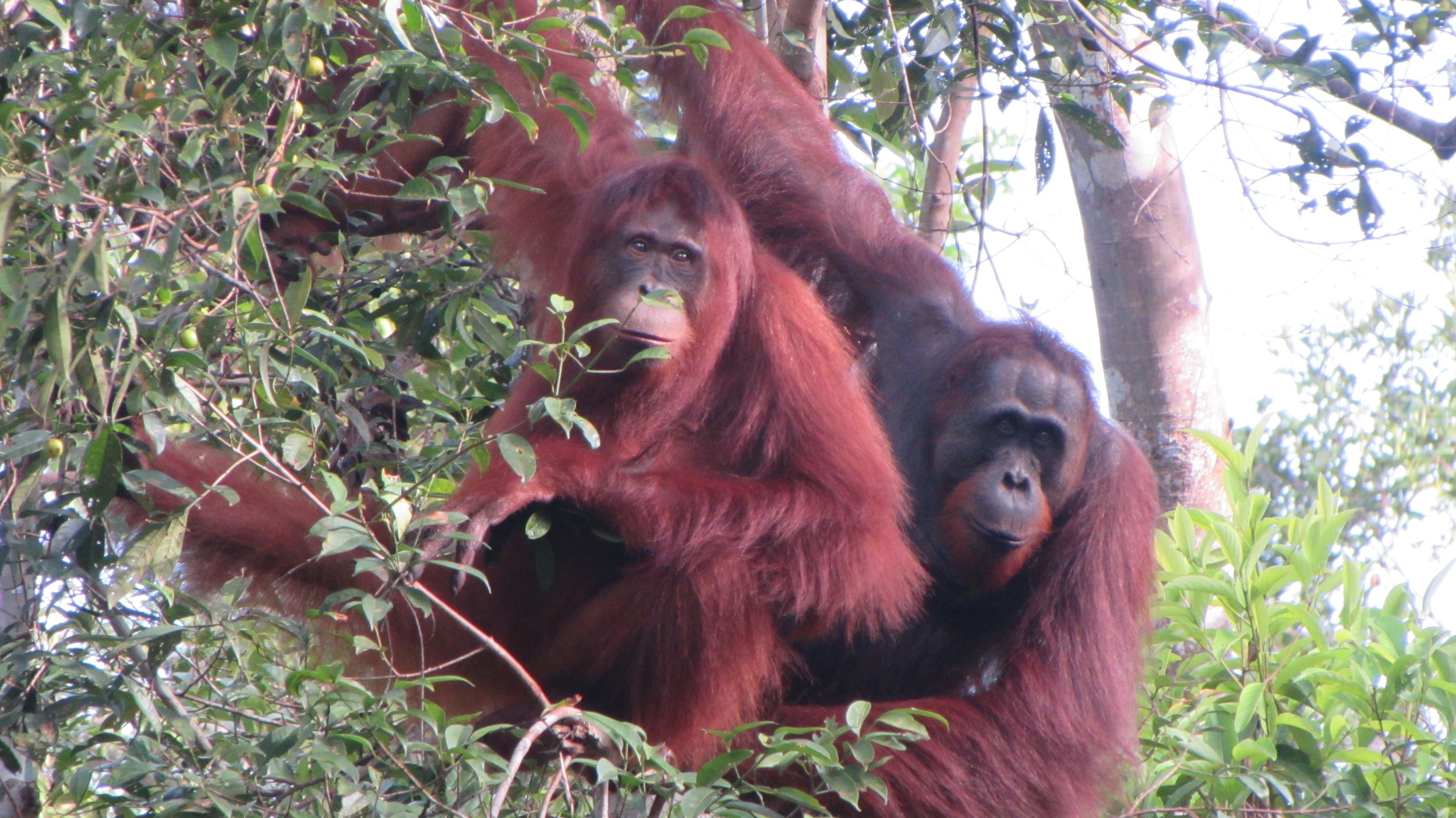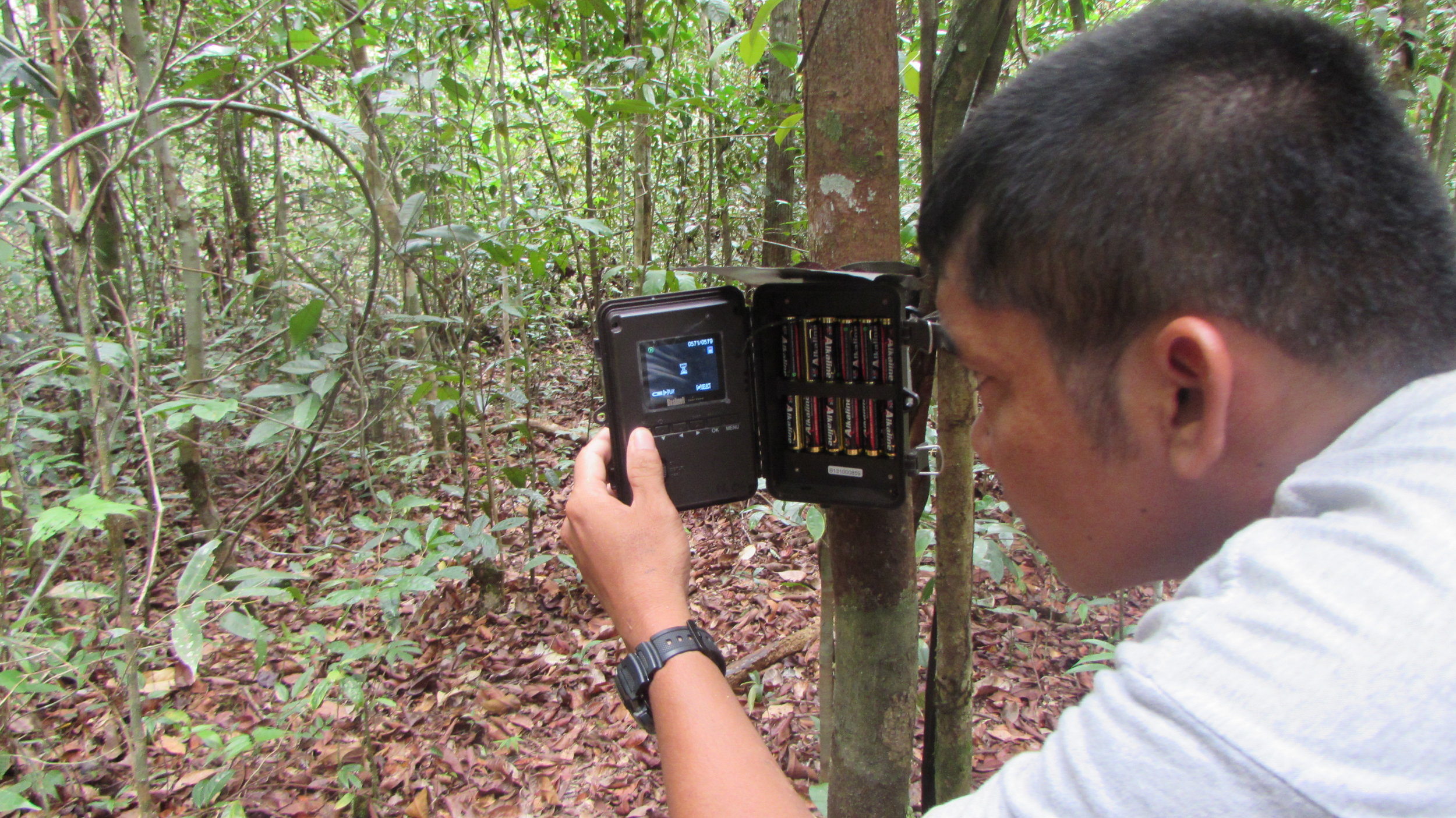Long standing supporter, volunteer and 2016 volunteer coordinator, Joanne Cotton, shares her experience of voluntary work in Borneo gained from taking part in the Orangutan Foundation Volunteer Programme.
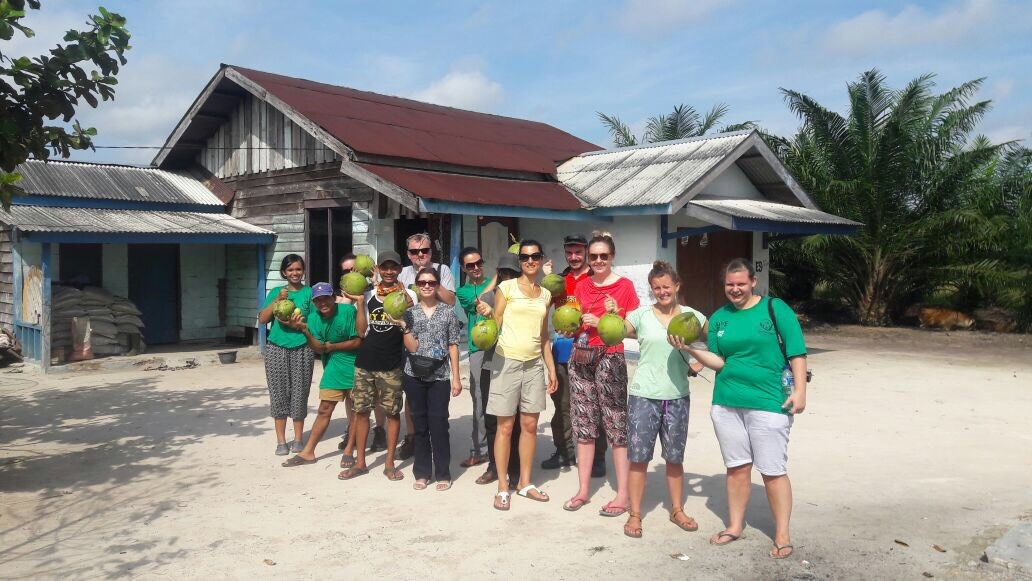
“I had trawled the internet for hours reading up about potential volunteer programmes, many of which offered fun and adventure in far off lands but somehow there was something lacking. As soon as I read the information about the Orangutan Foundation programme, I knew that I had found the right adventure for me. It was really important to me that whatever project I joined, it had genuine heart and soul for a worthwhile cause, a real opportunity to help make a much needed difference. The Orangutan Foundation offered this by the bucket load! This was an opportunity to live and work in the rainforest in Indonesian Borneo with a local team doing building work that ultimately was to facilitate the release of orangutans in the area.
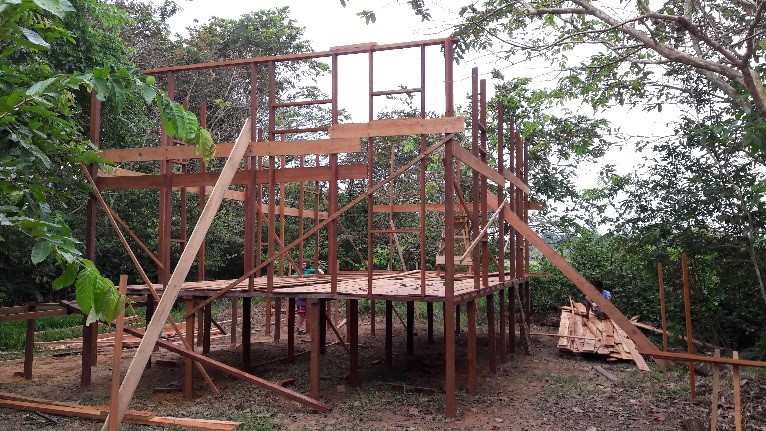
I applied for the programme straight away and was very glad I had done so as places were limited. The Orangutan Foundation arranged for a telephone interview with me, this was just an informal chat but was a great opportunity for them to check that I was suitable for such an experience and also for me to ask all of the many questions I had been thinking about.
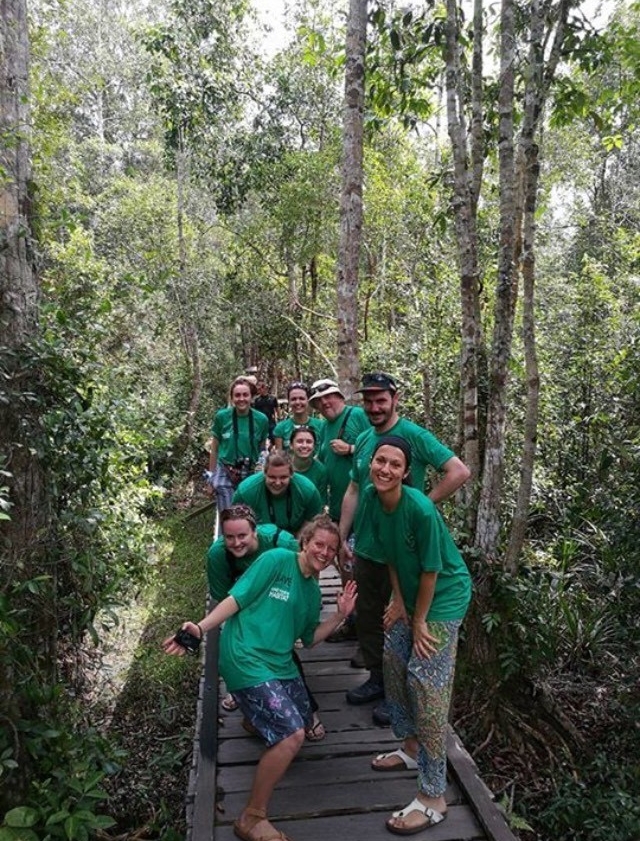
That’s how my adventure started and six months later I found myself at an airport, on the other side of the planet, all by myself. I had never done anything like this before and it felt amazing, I felt so liberated, yet it had only just begun!
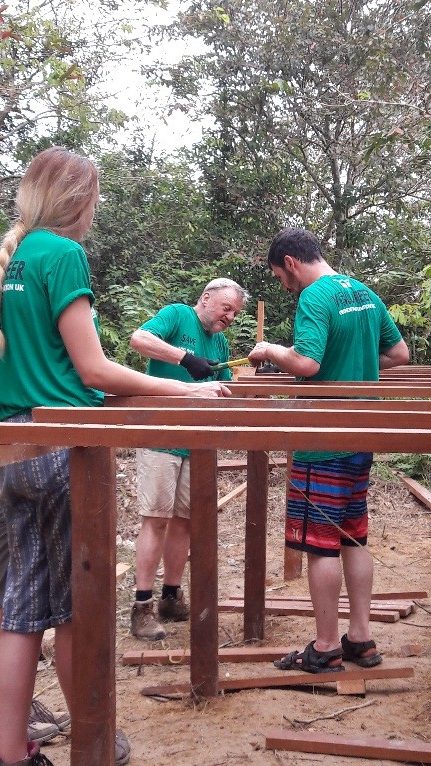
When I signed up to do this project, this was well outside of my comfort zone but the staff at Orangutan Foundation were extremely helpful and supportive and provided me with lots of useful information so that I could be as prepared as possible for what lay ahead. If you are thinking of joining an Orangutan Foundation programme in the future, I cannot recommend it enough, just do it! It will open your eyes and it is likely that you will never look at our planet and life the same way again."
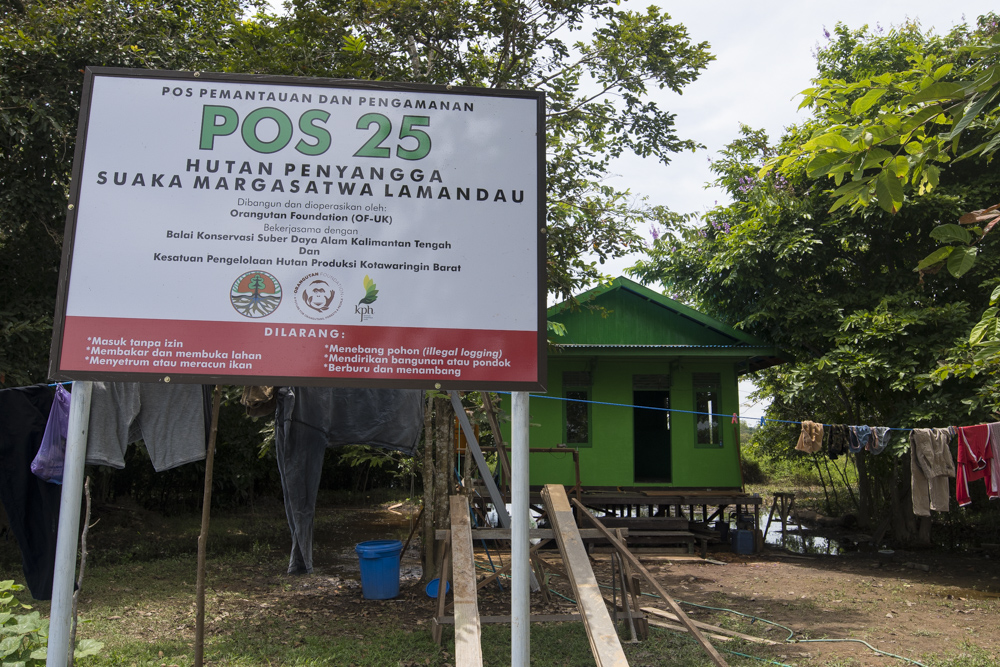
Applications for this year’s Volunteer Programme are now OPEN. Email info@orangutan.org.uk to receive an application form. Please join us for an unforgettable experience!
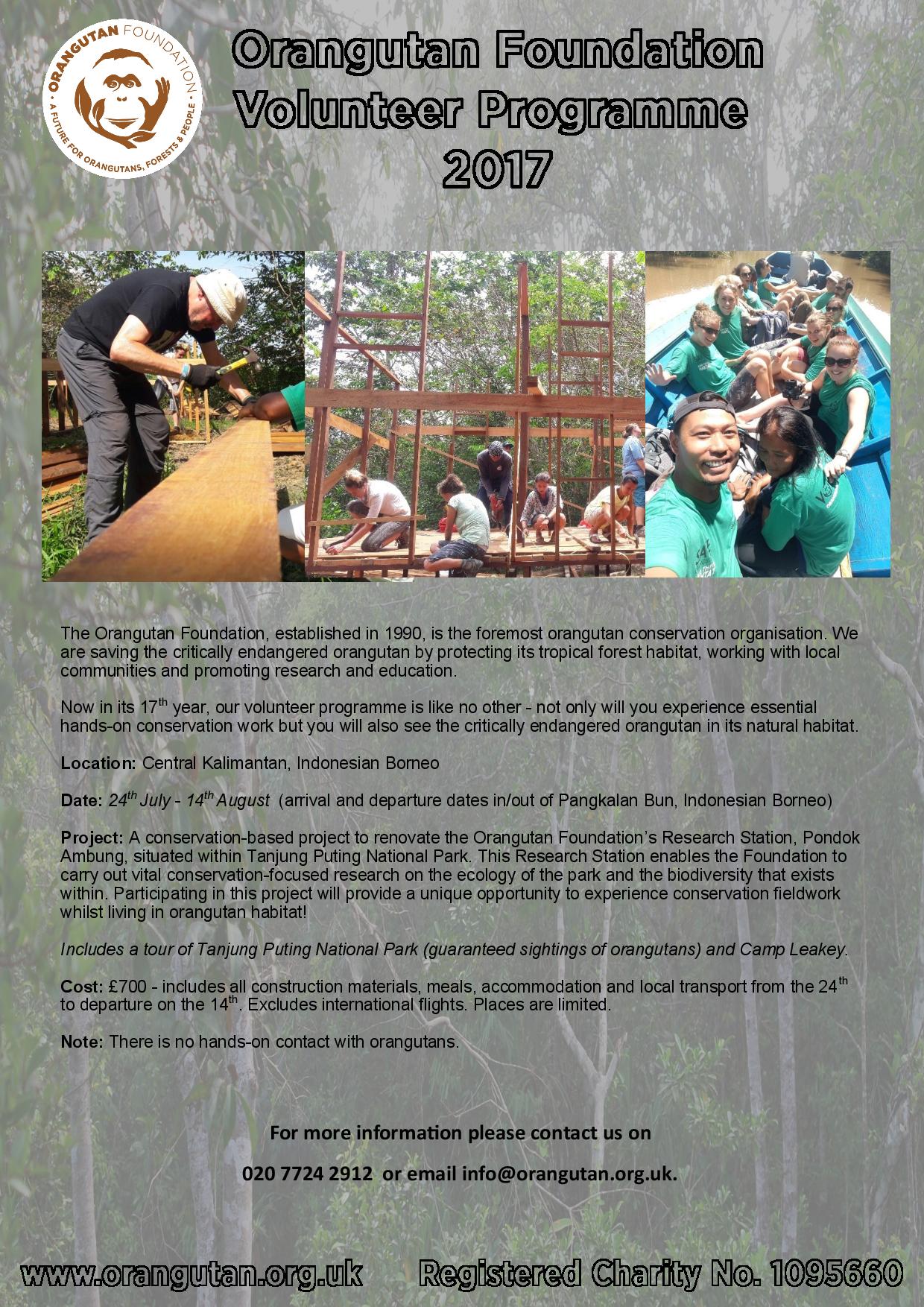



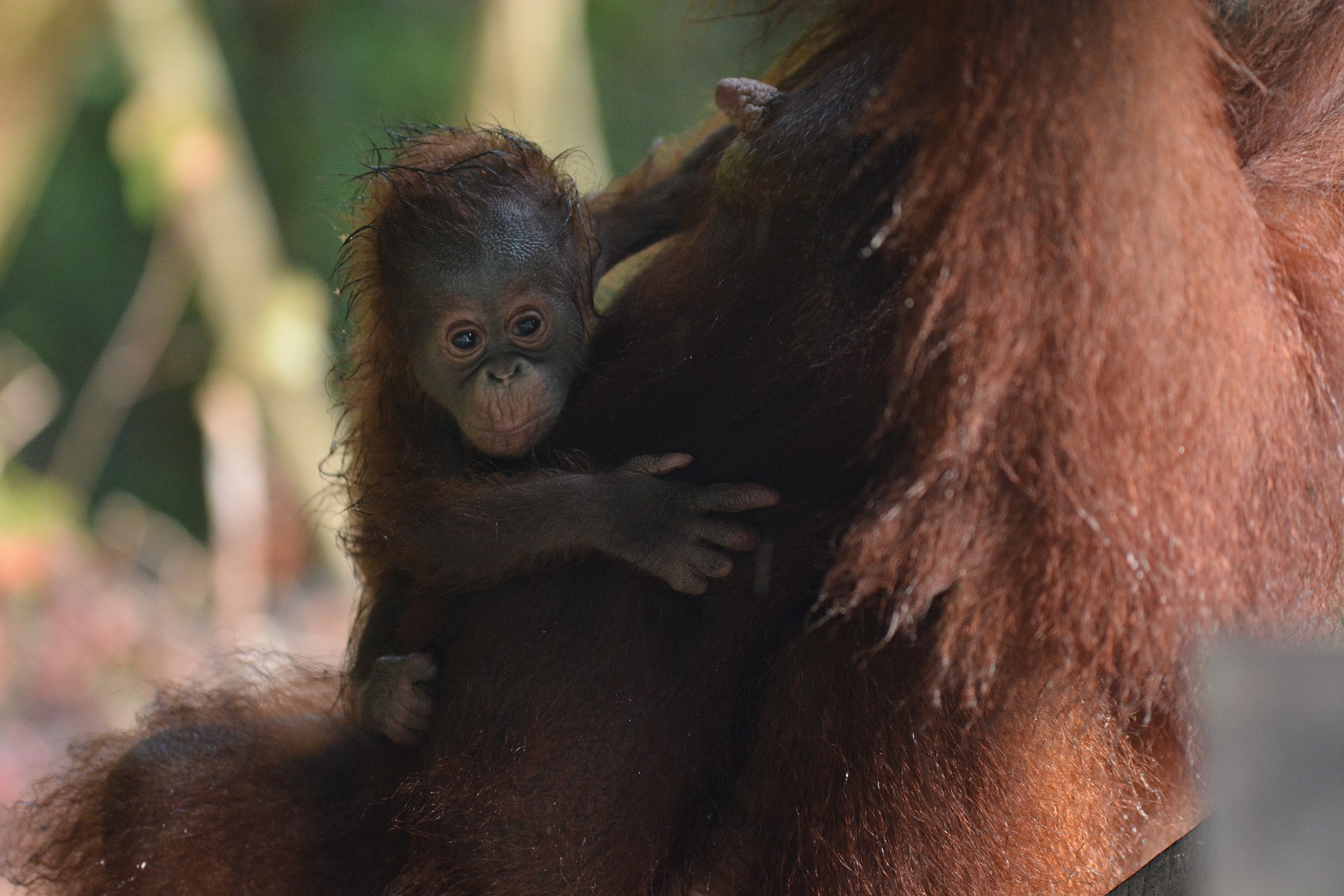
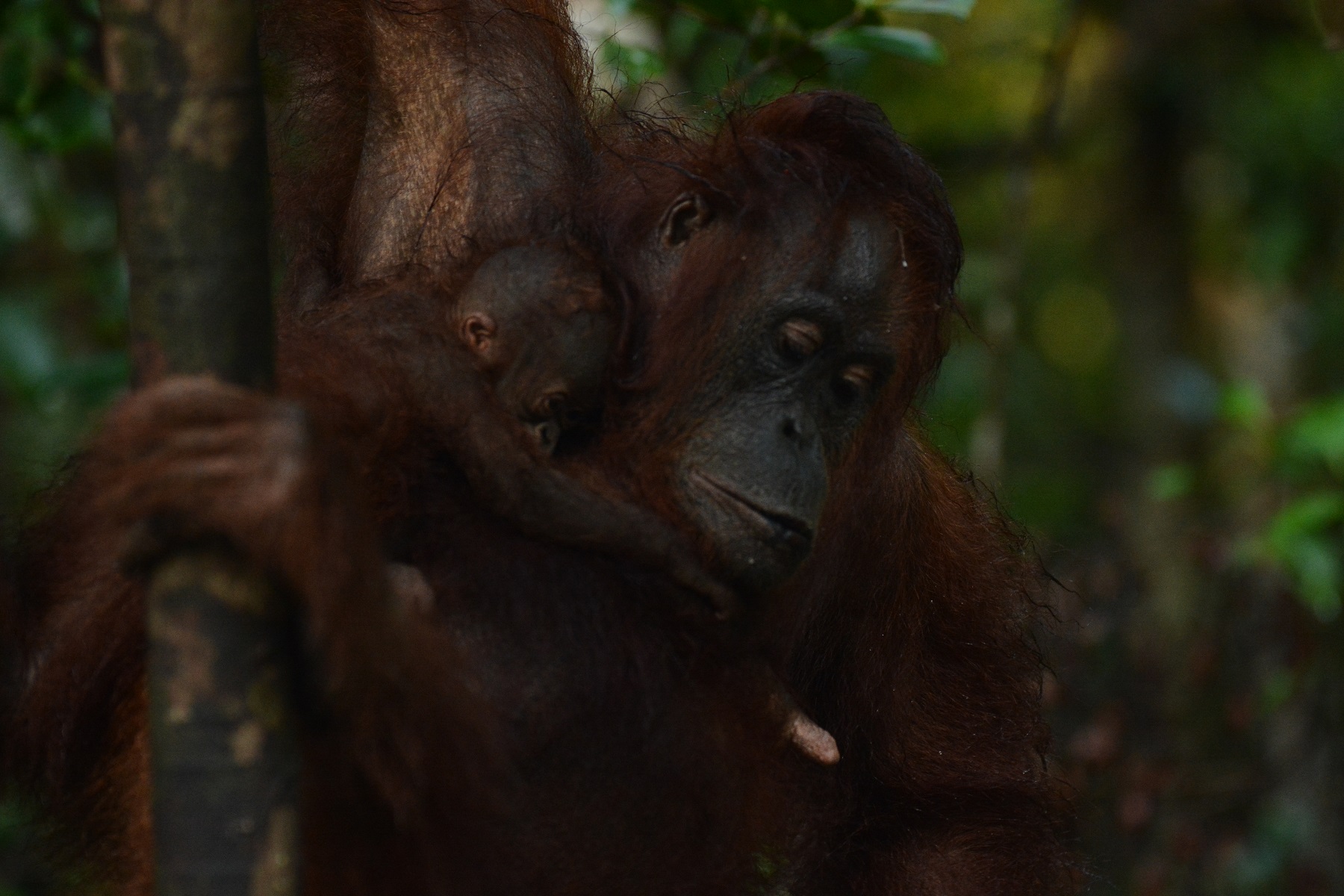
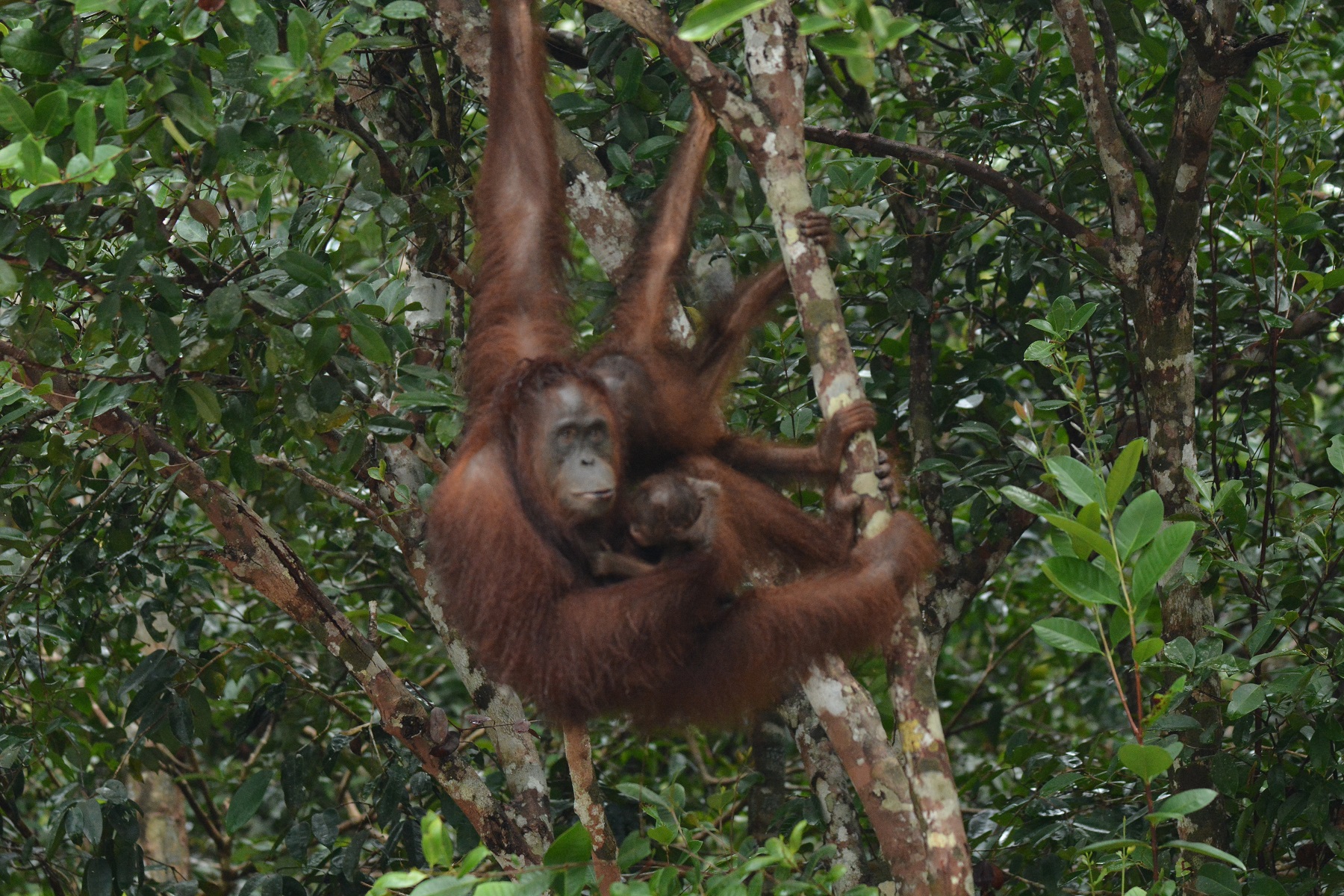

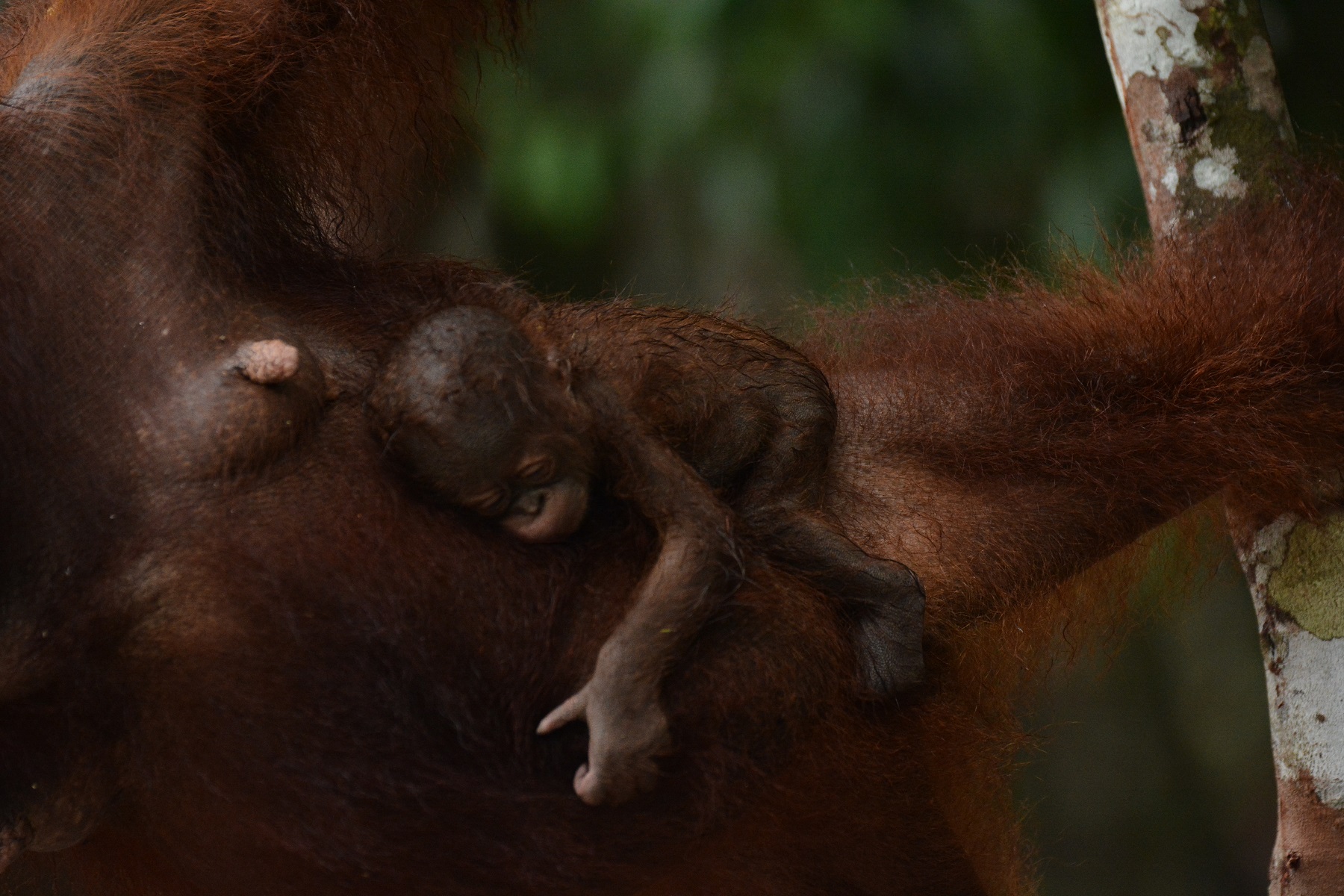
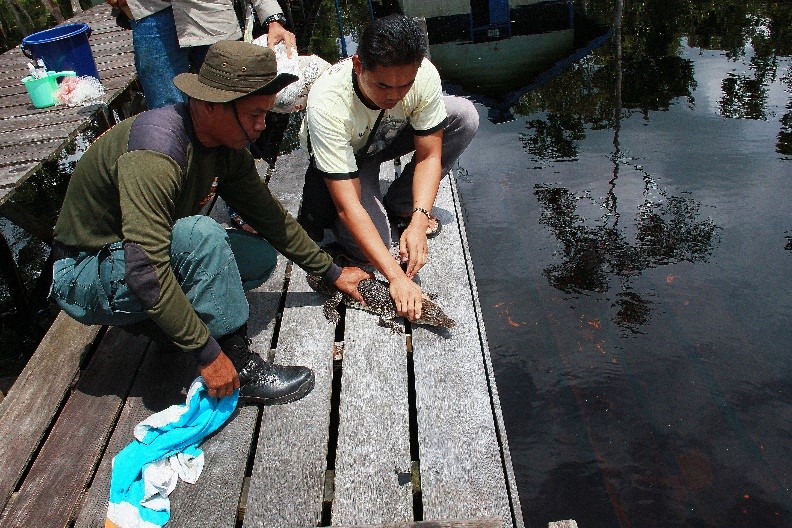
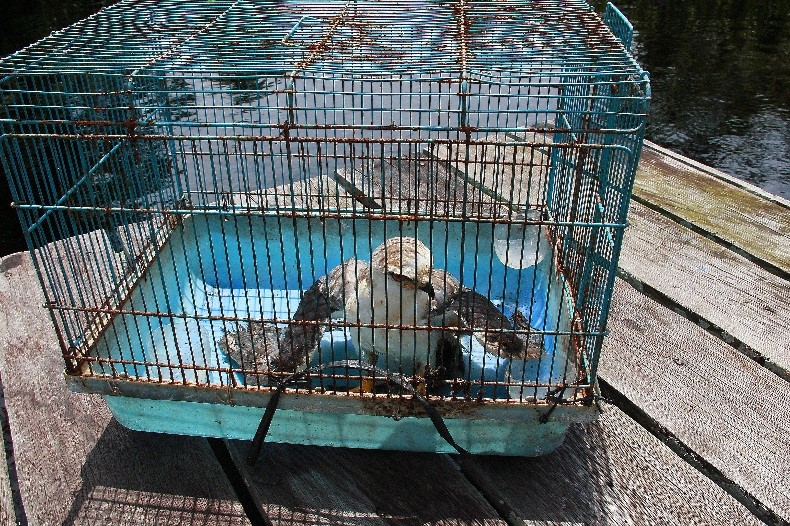
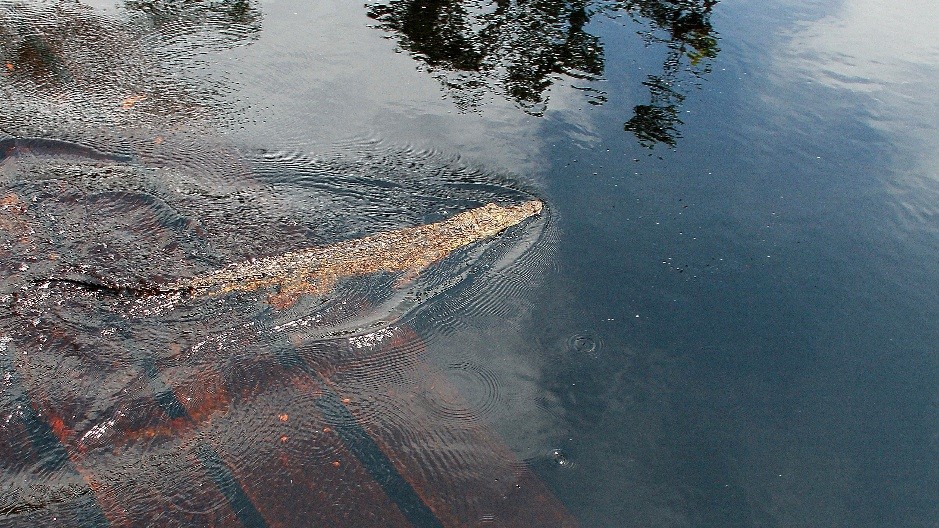
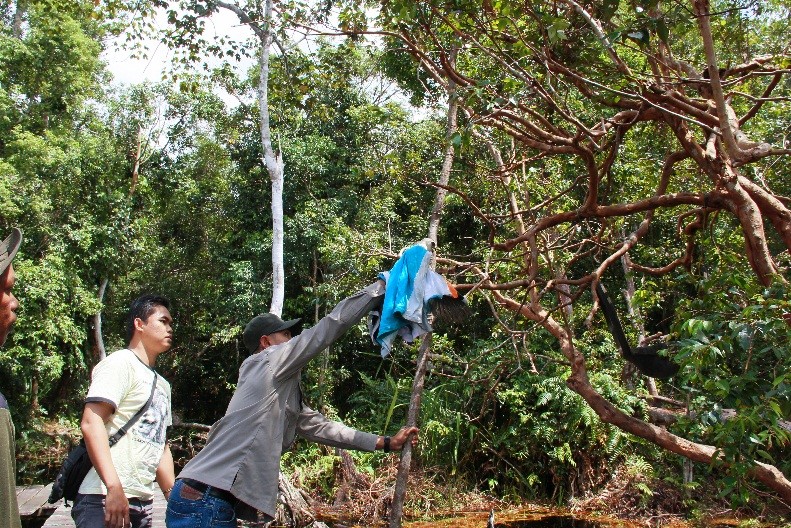
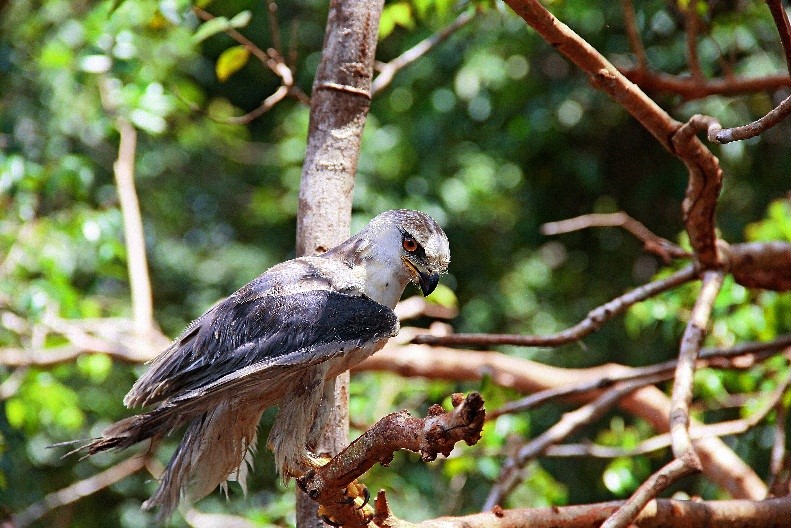
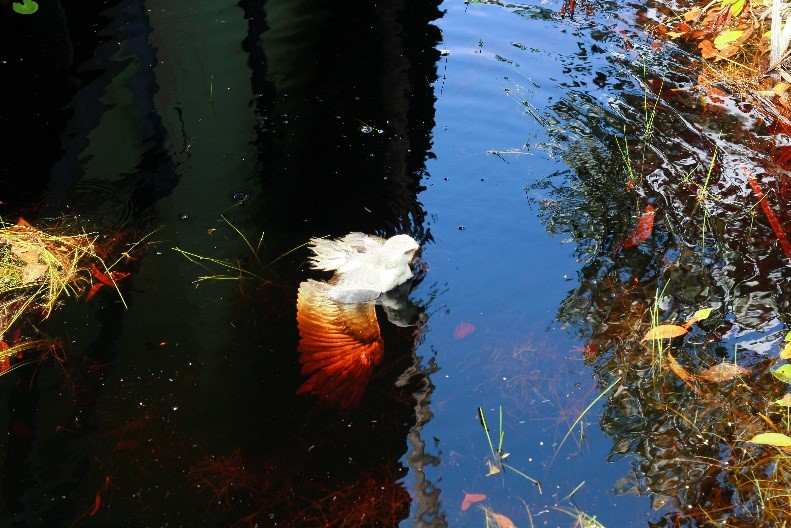
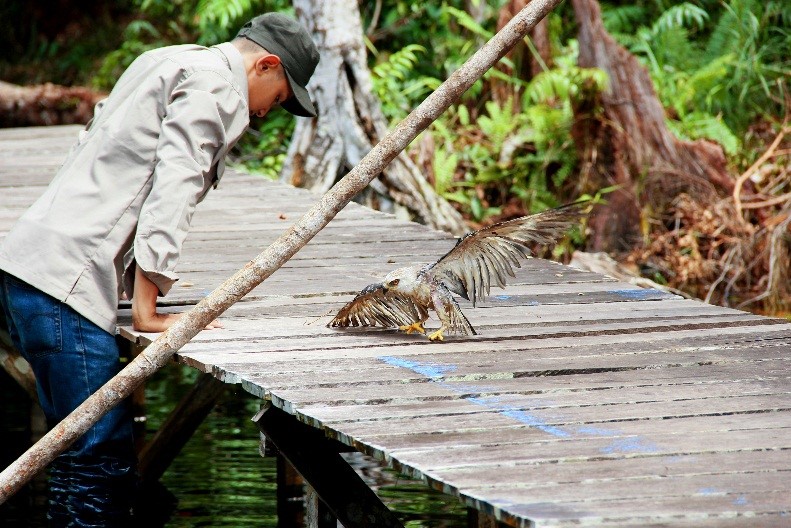
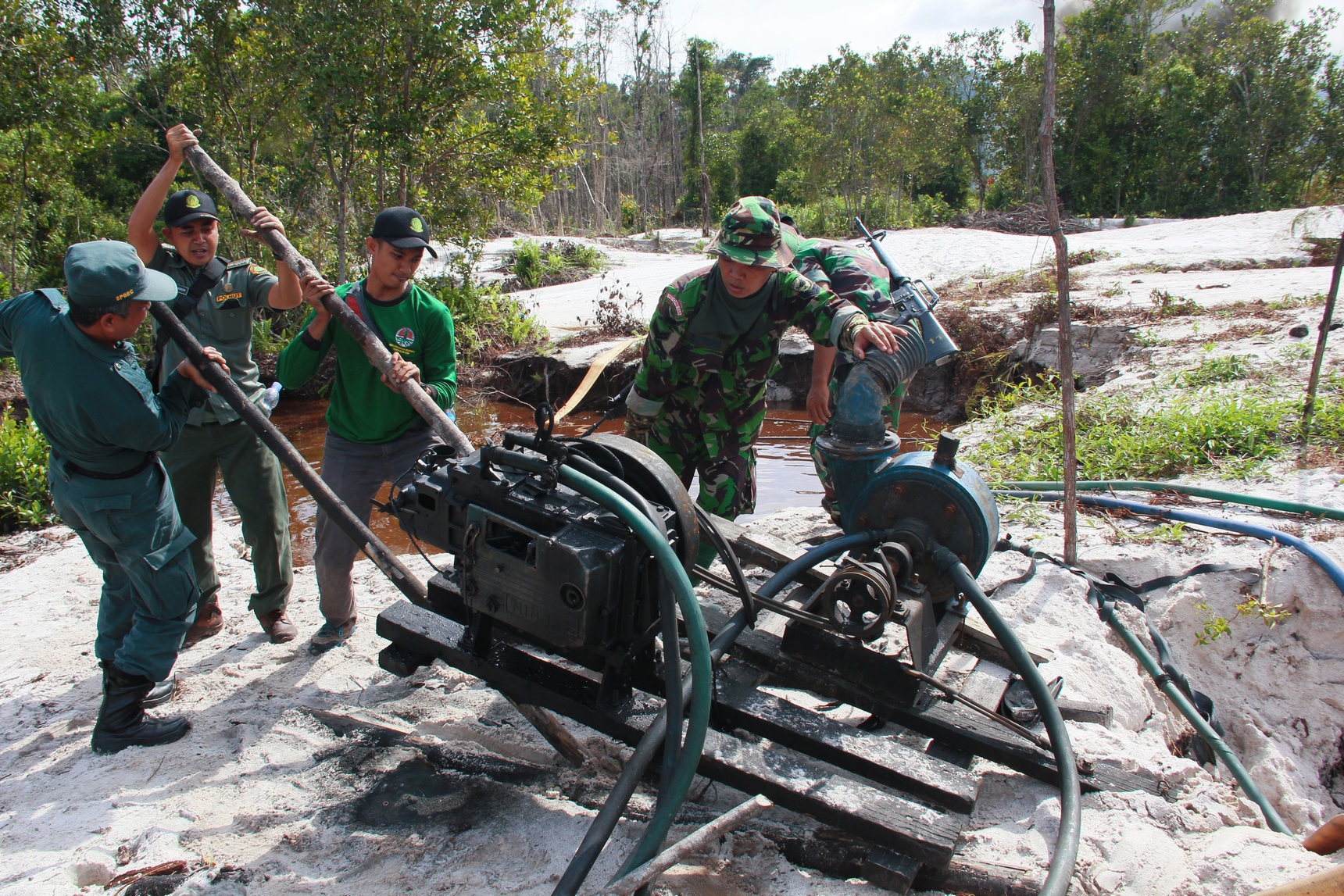


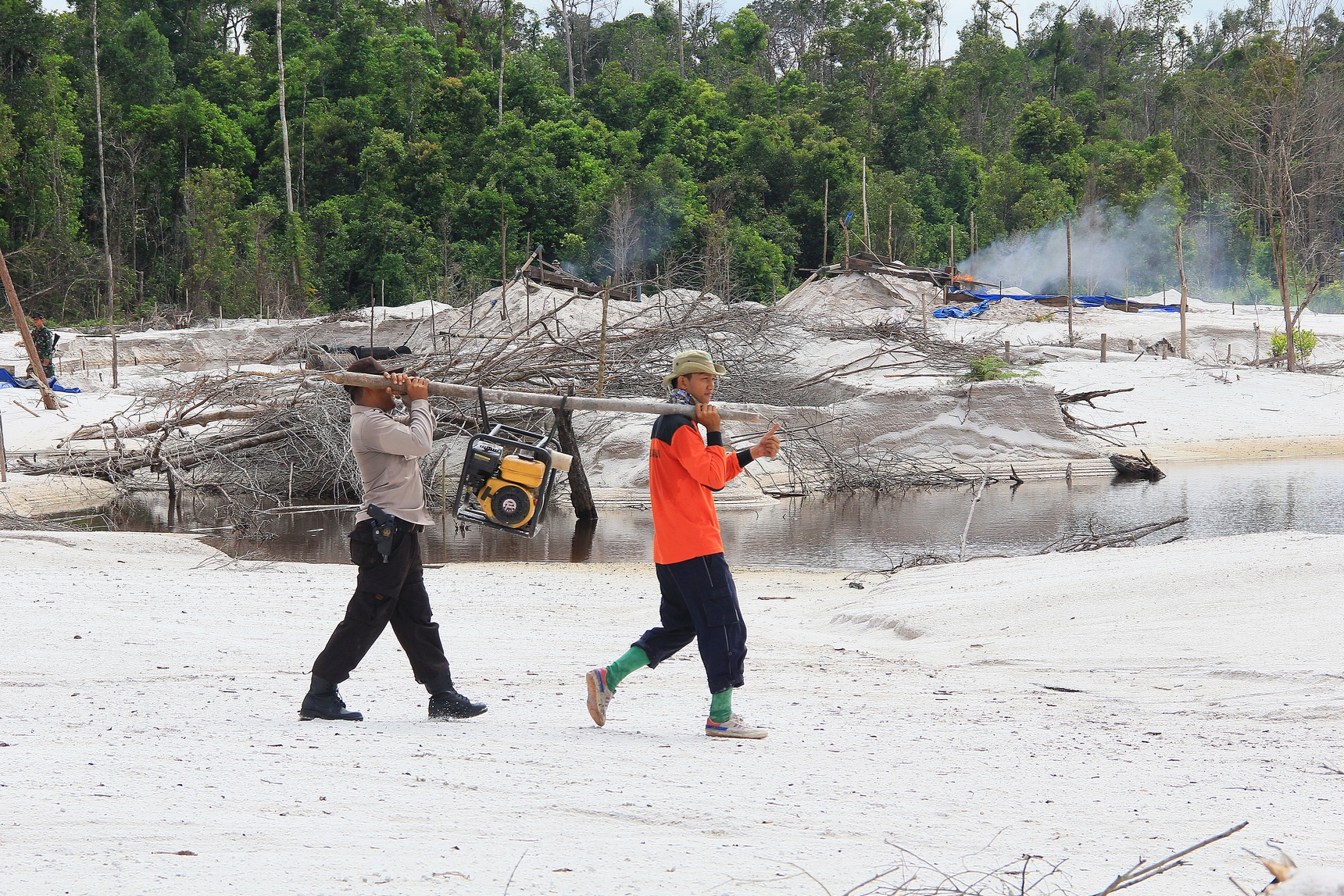
 6,000 wild Bornean orangutans live in the Belantikan region. The largest population outside of a protected area. Orangutan Foundation actively engages key stakeholders to conserve this critical tropical forest ecosystem.
6,000 wild Bornean orangutans live in the Belantikan region. The largest population outside of a protected area. Orangutan Foundation actively engages key stakeholders to conserve this critical tropical forest ecosystem.
